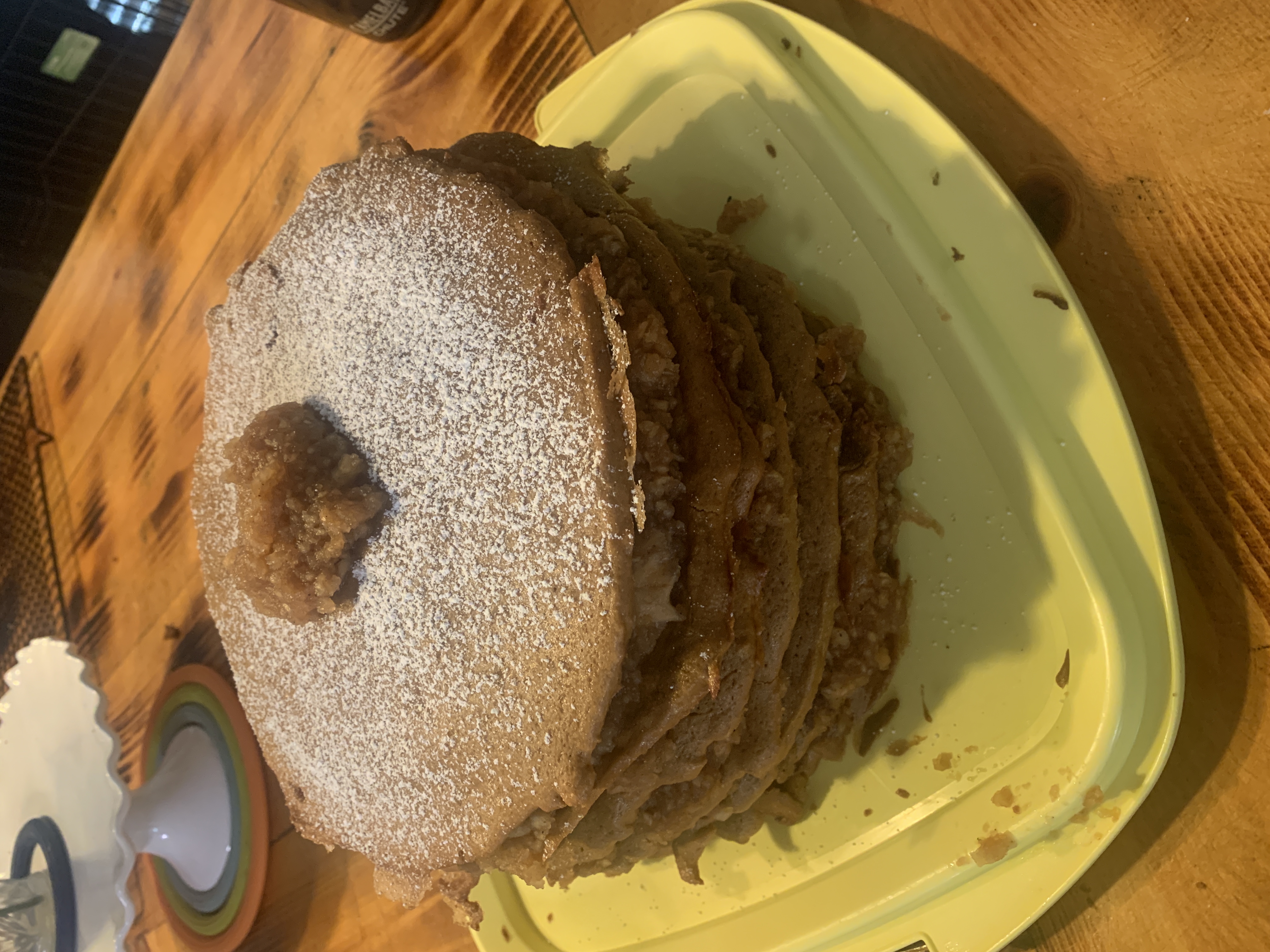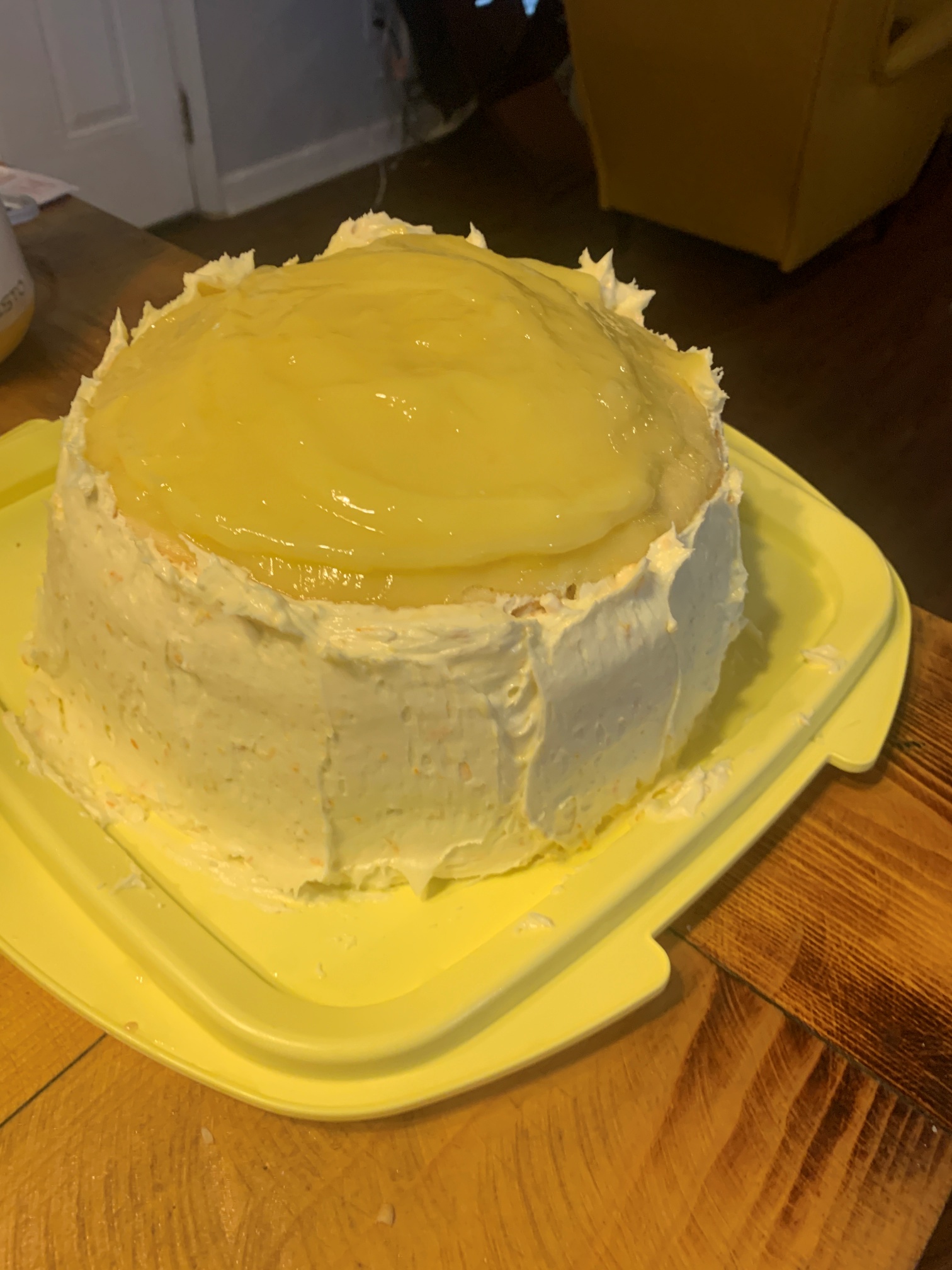
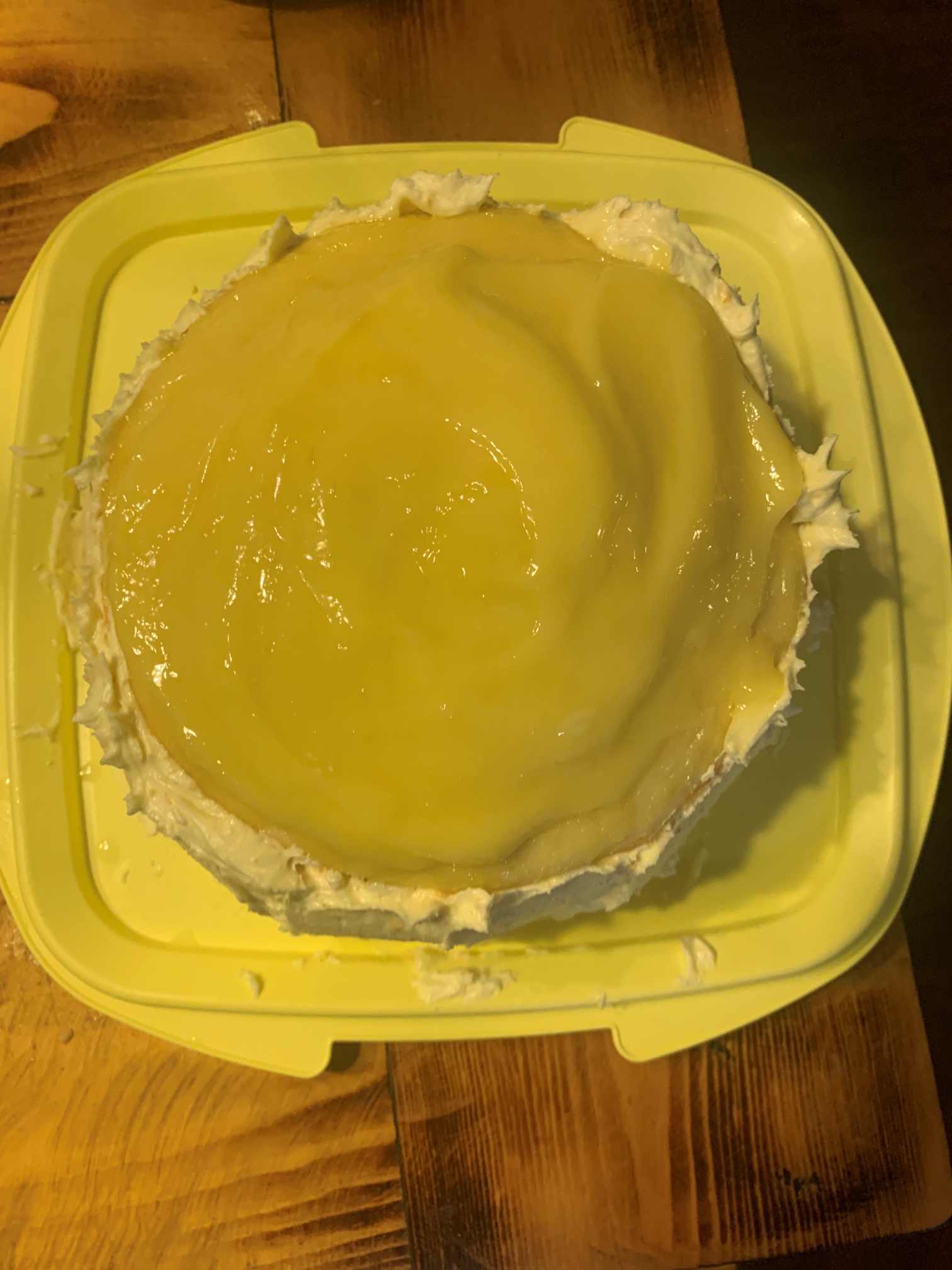


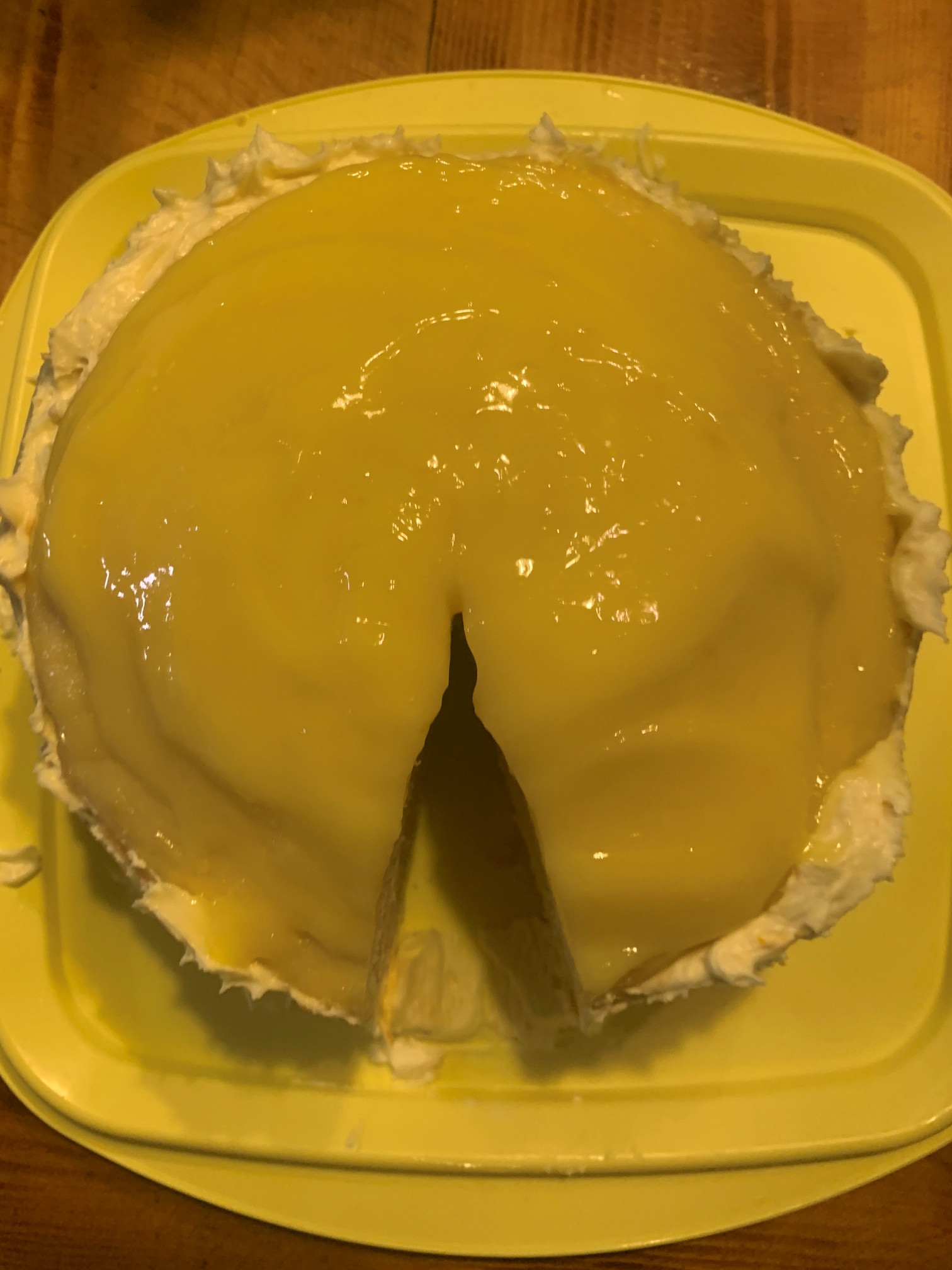
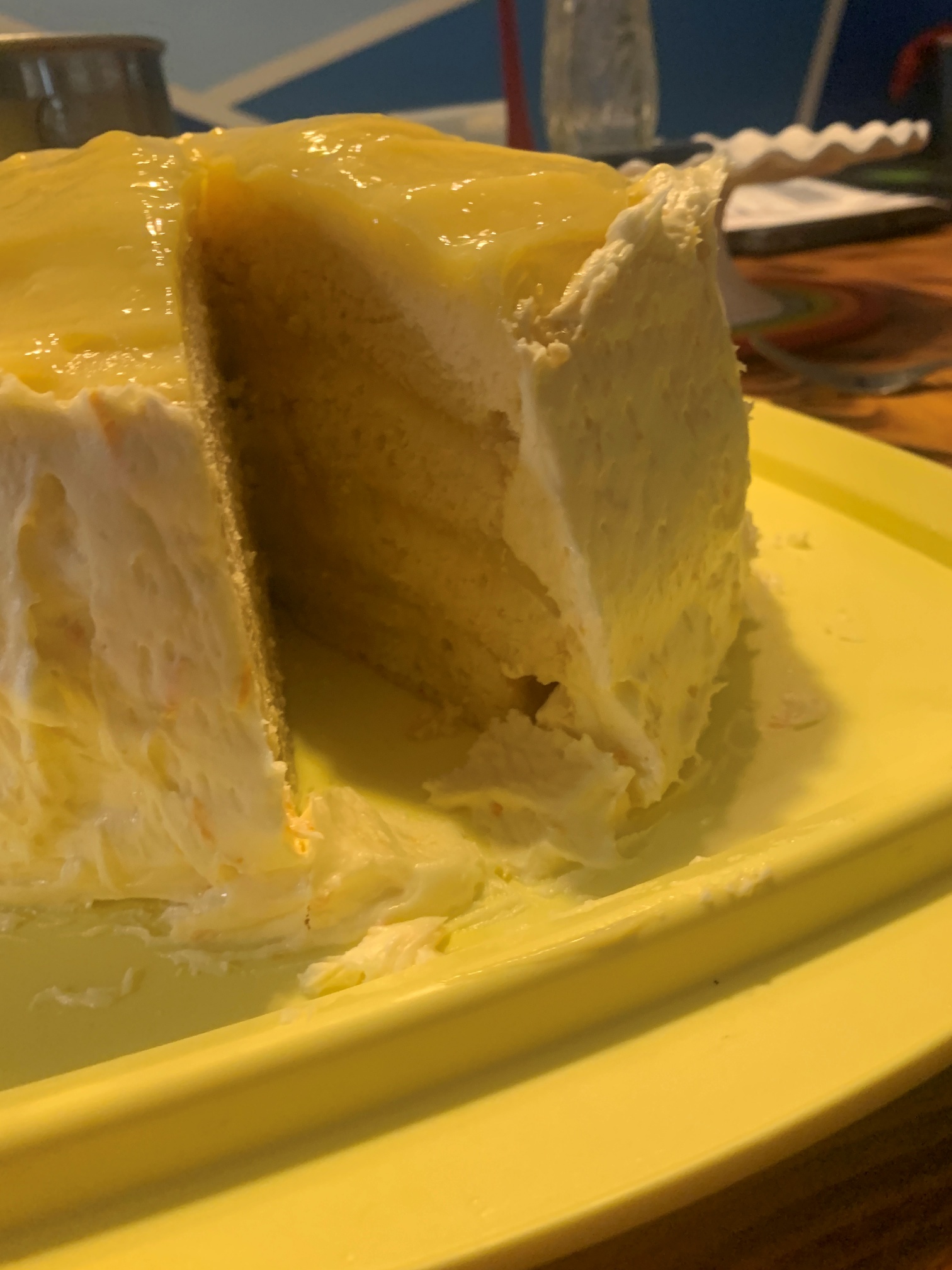
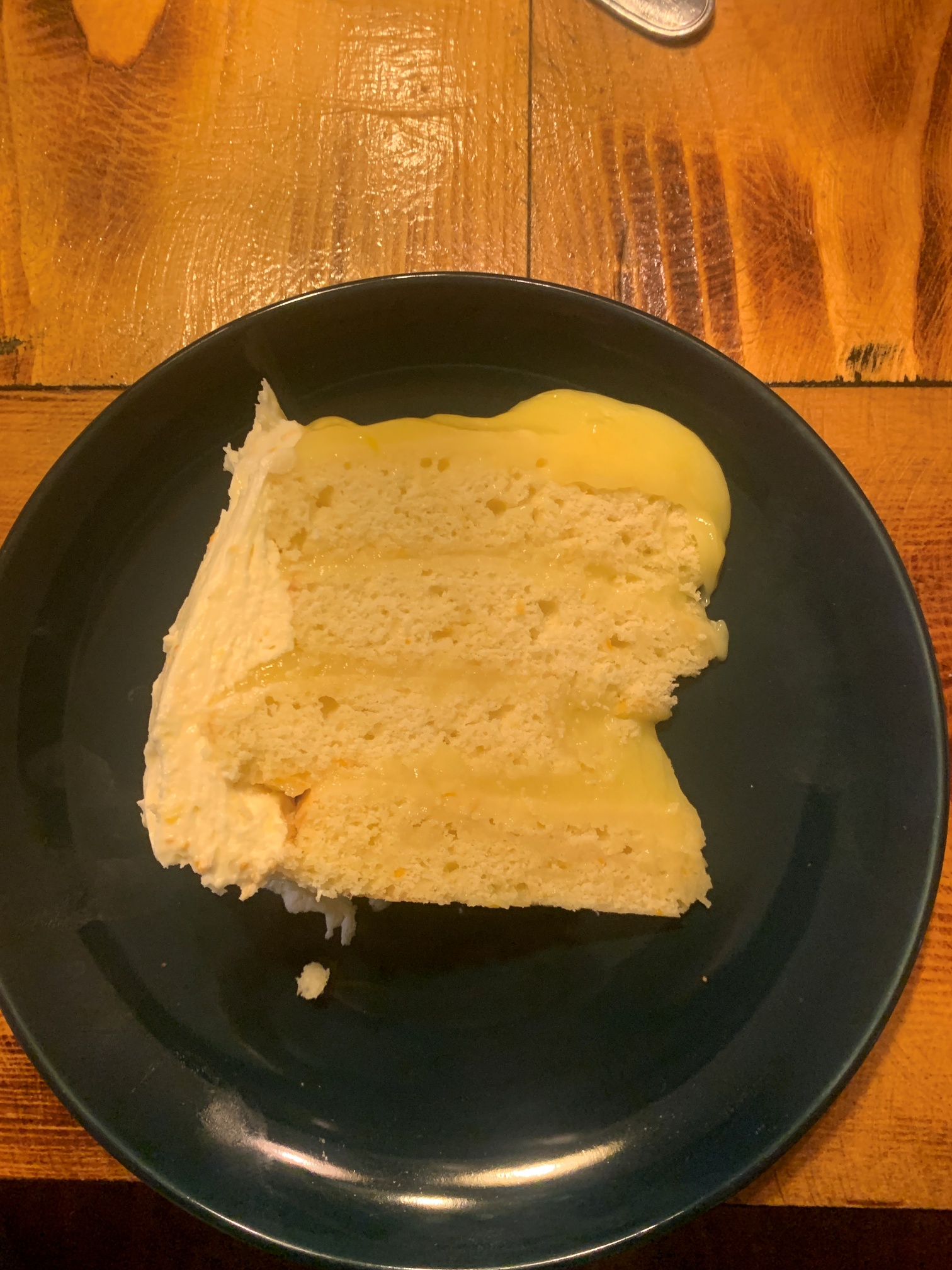
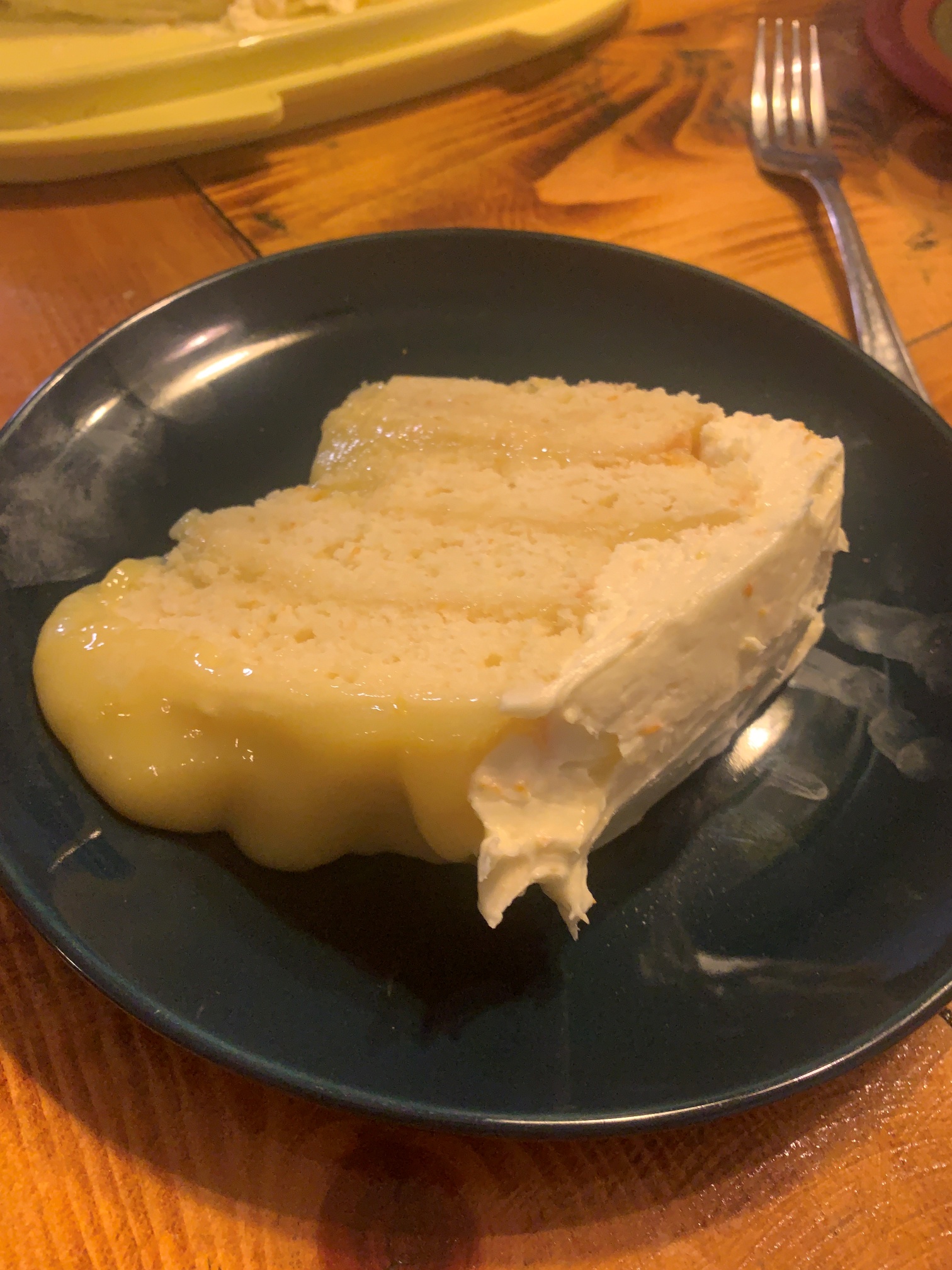
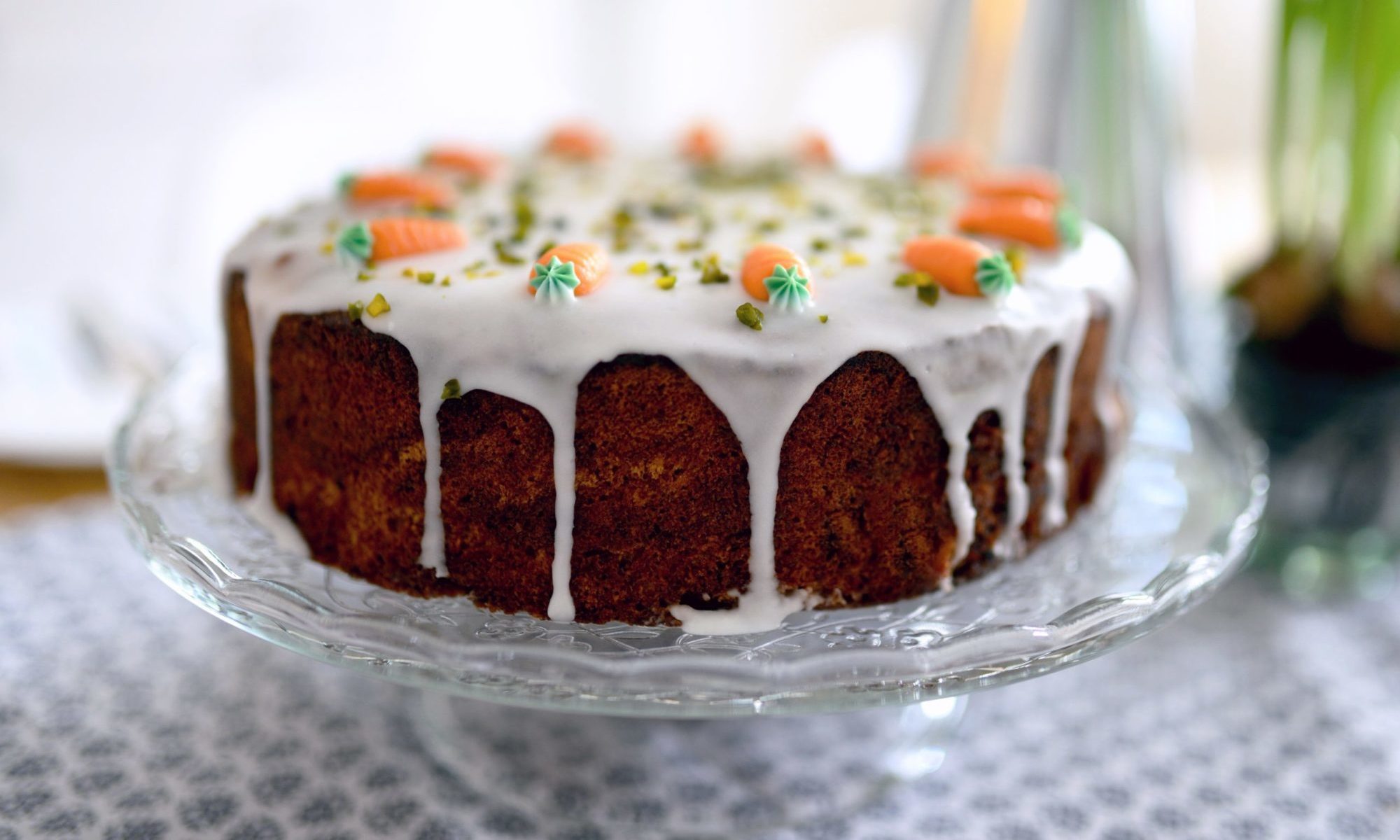
A Project in Culture, Class, and Confection








No pictures.
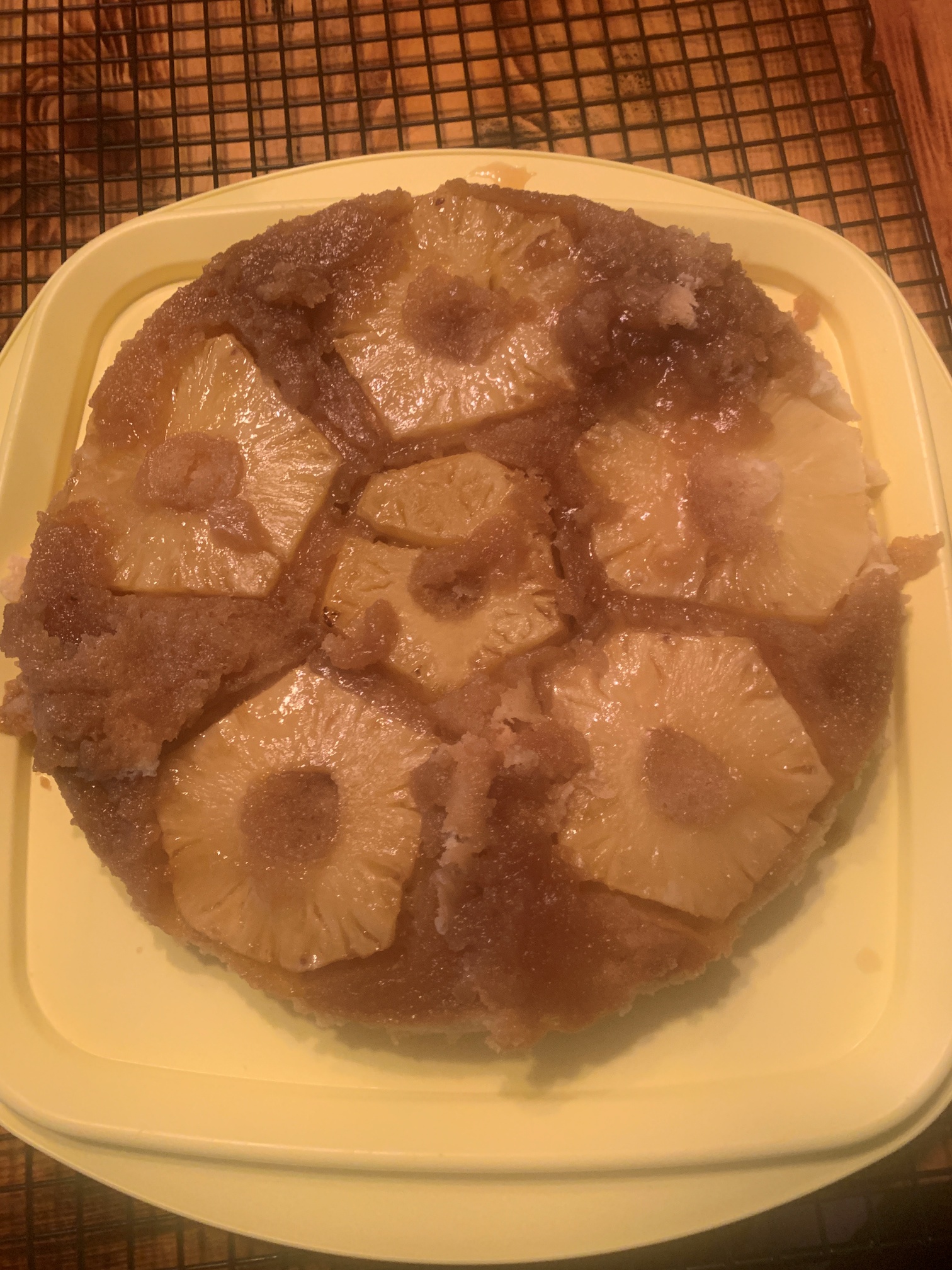
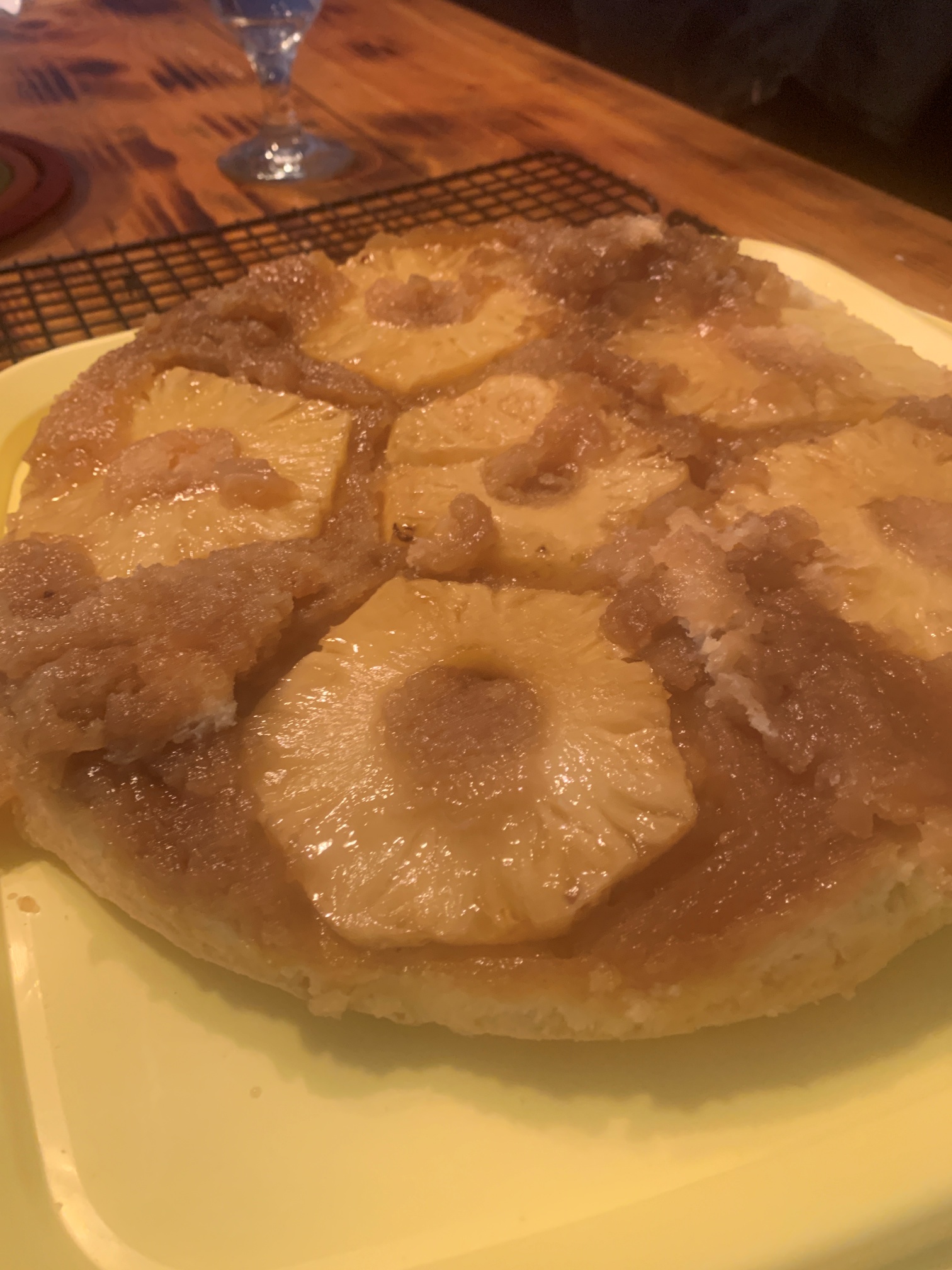
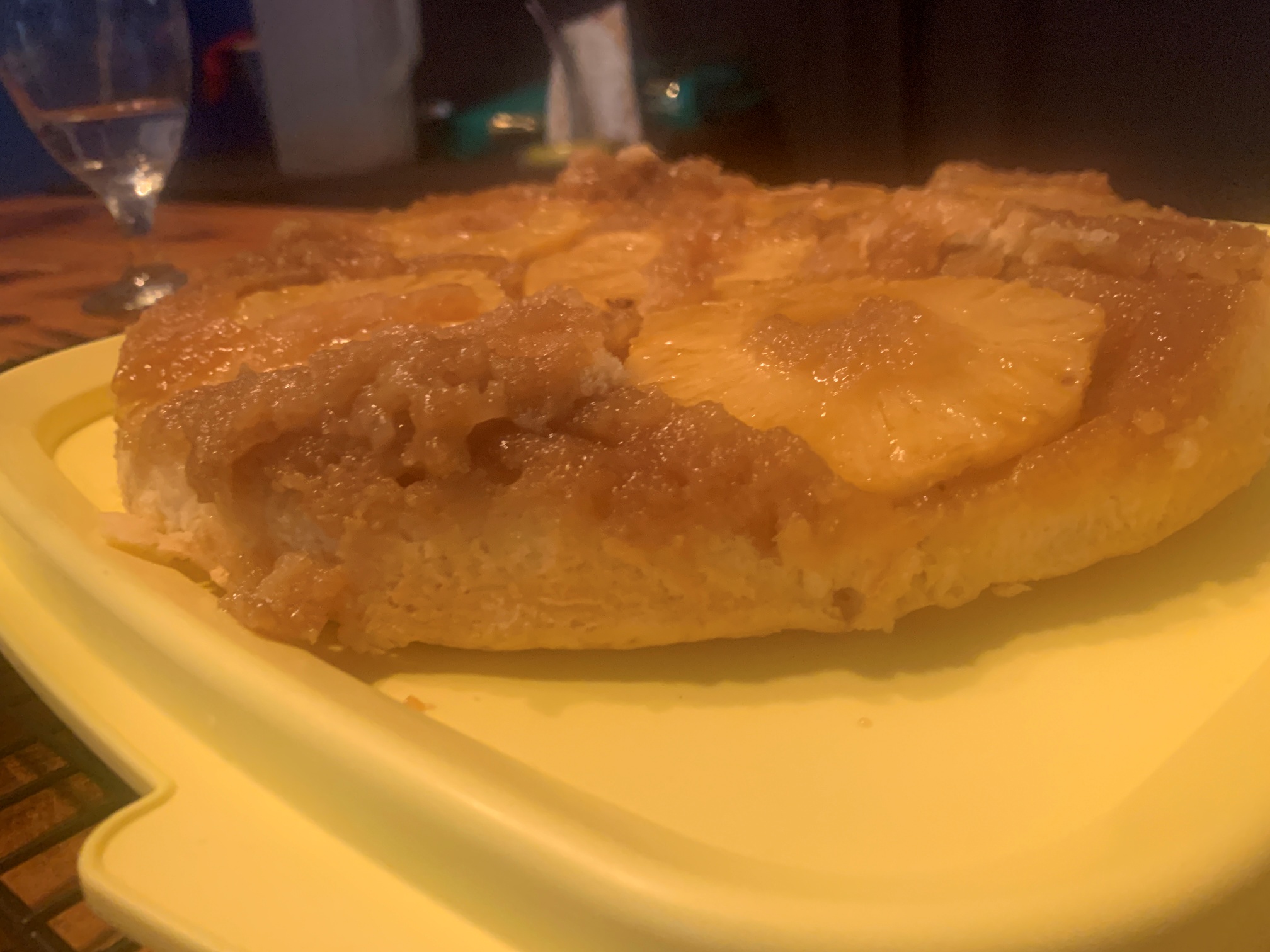
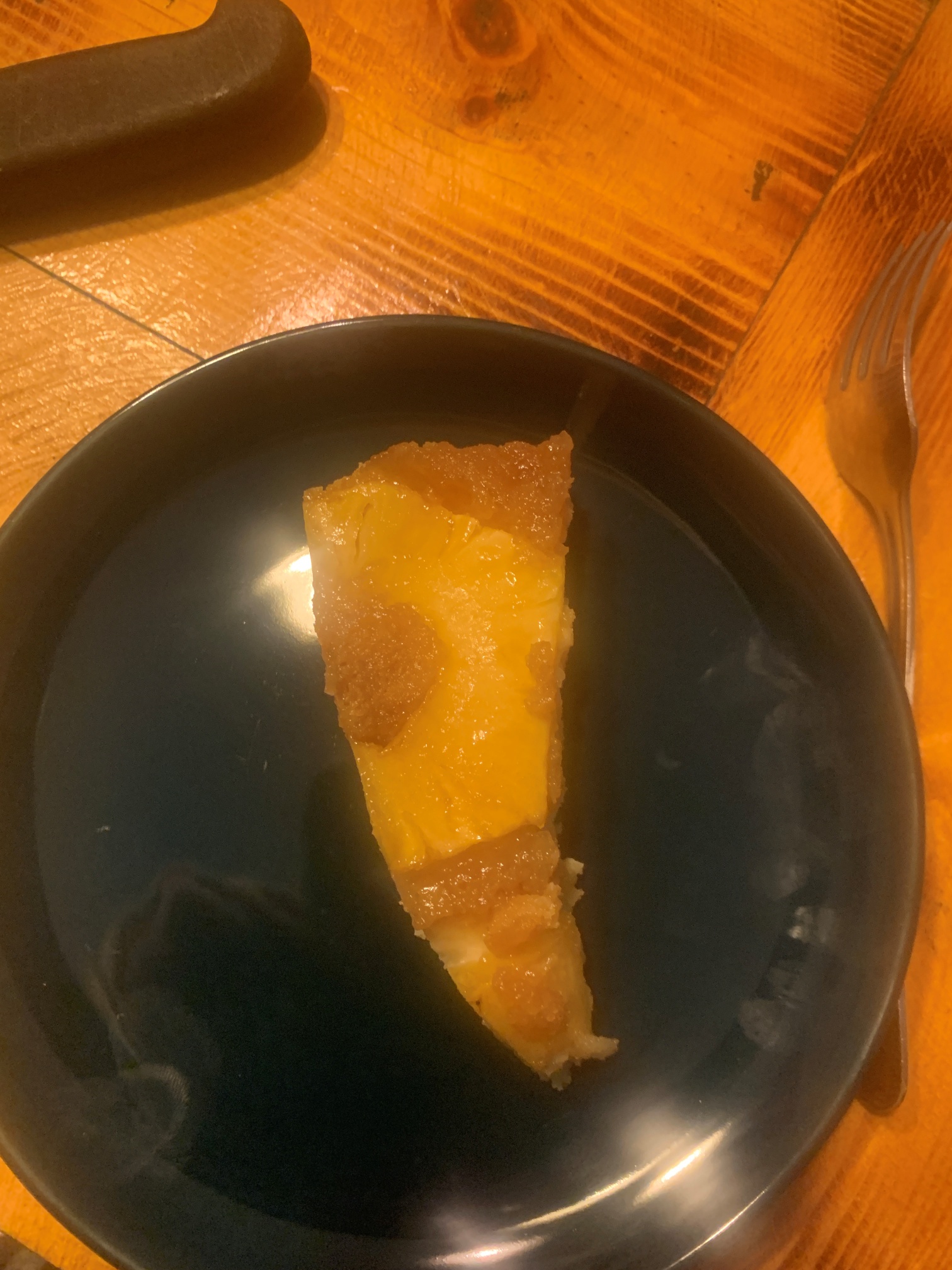
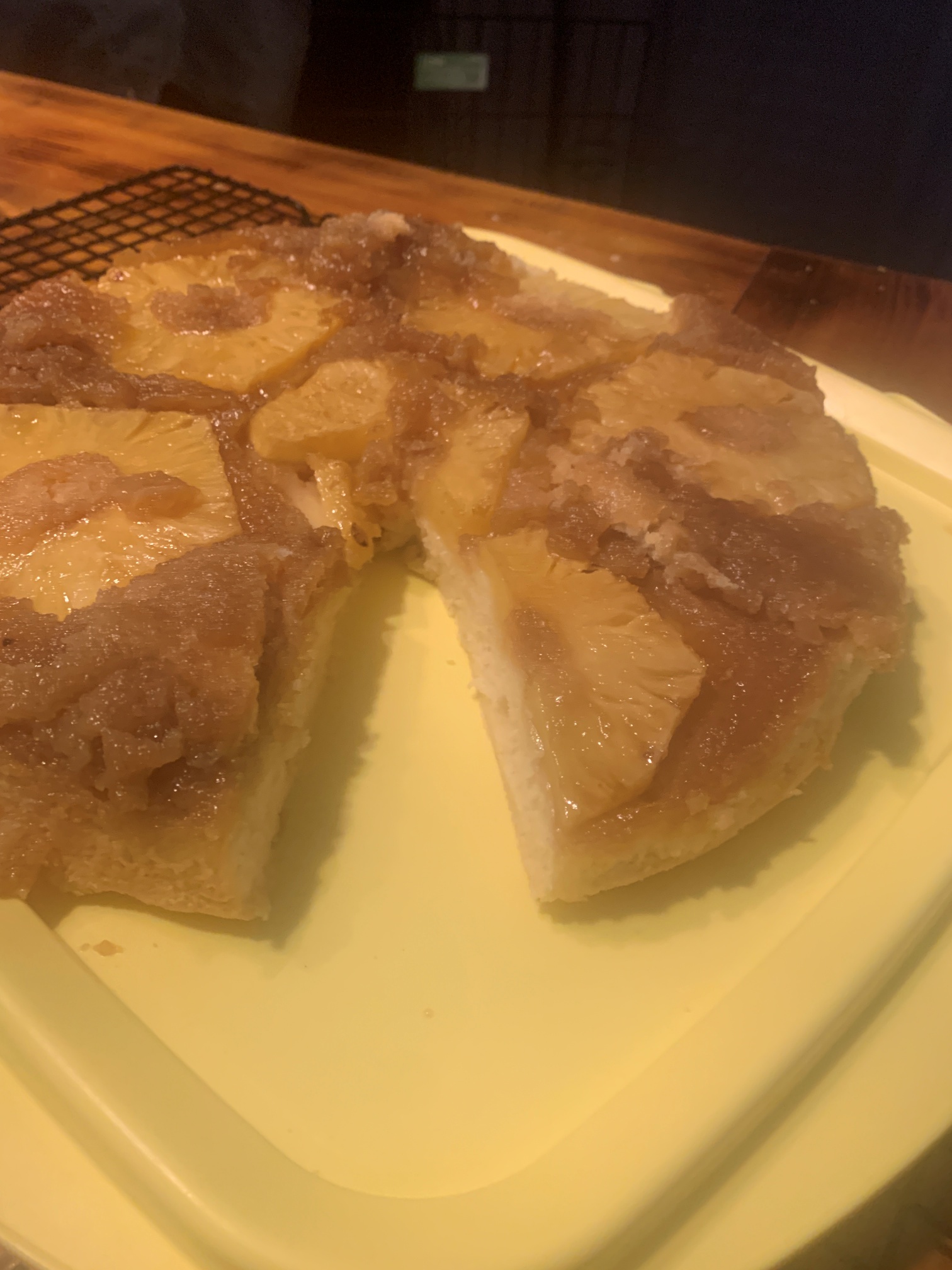
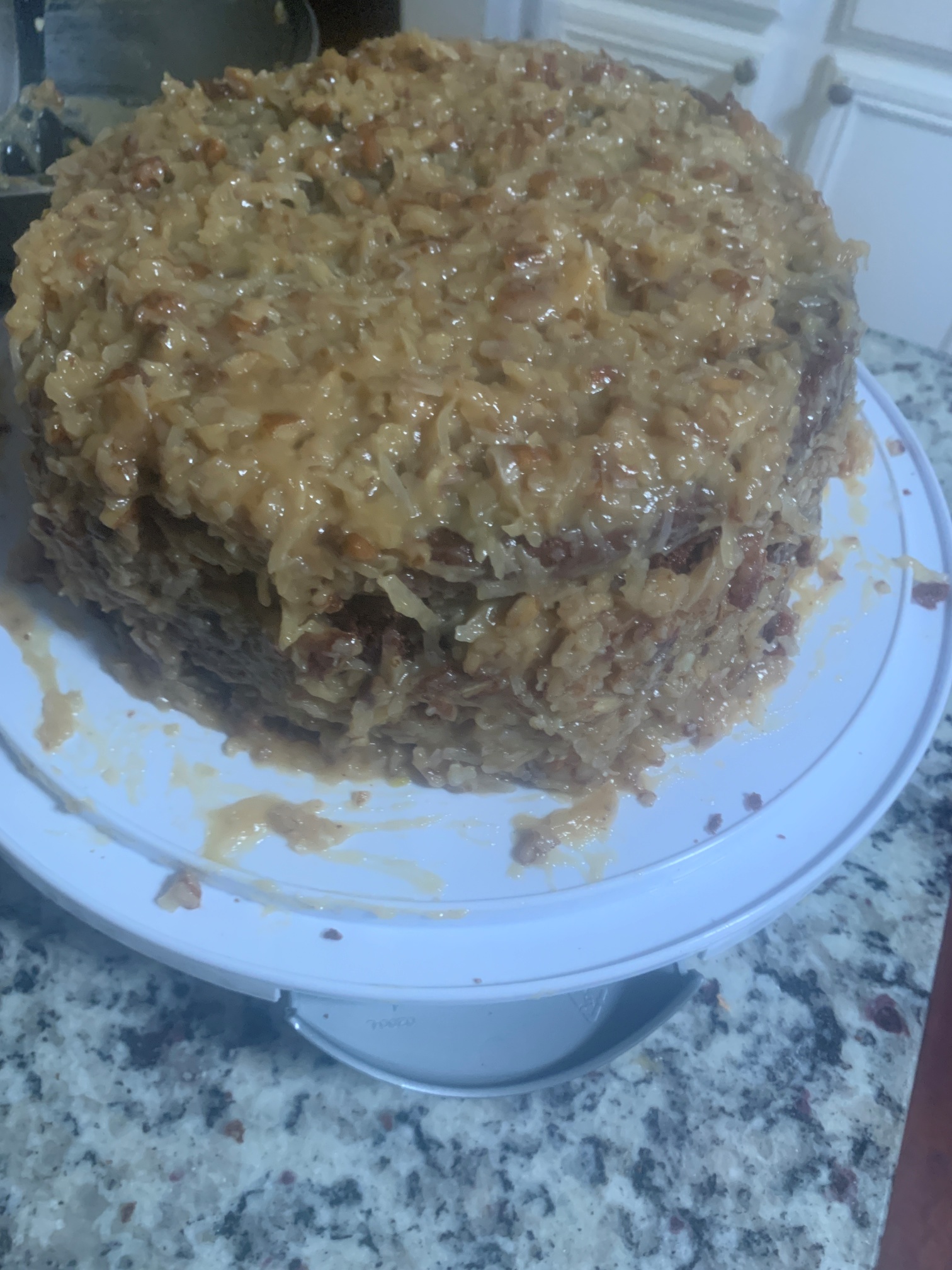
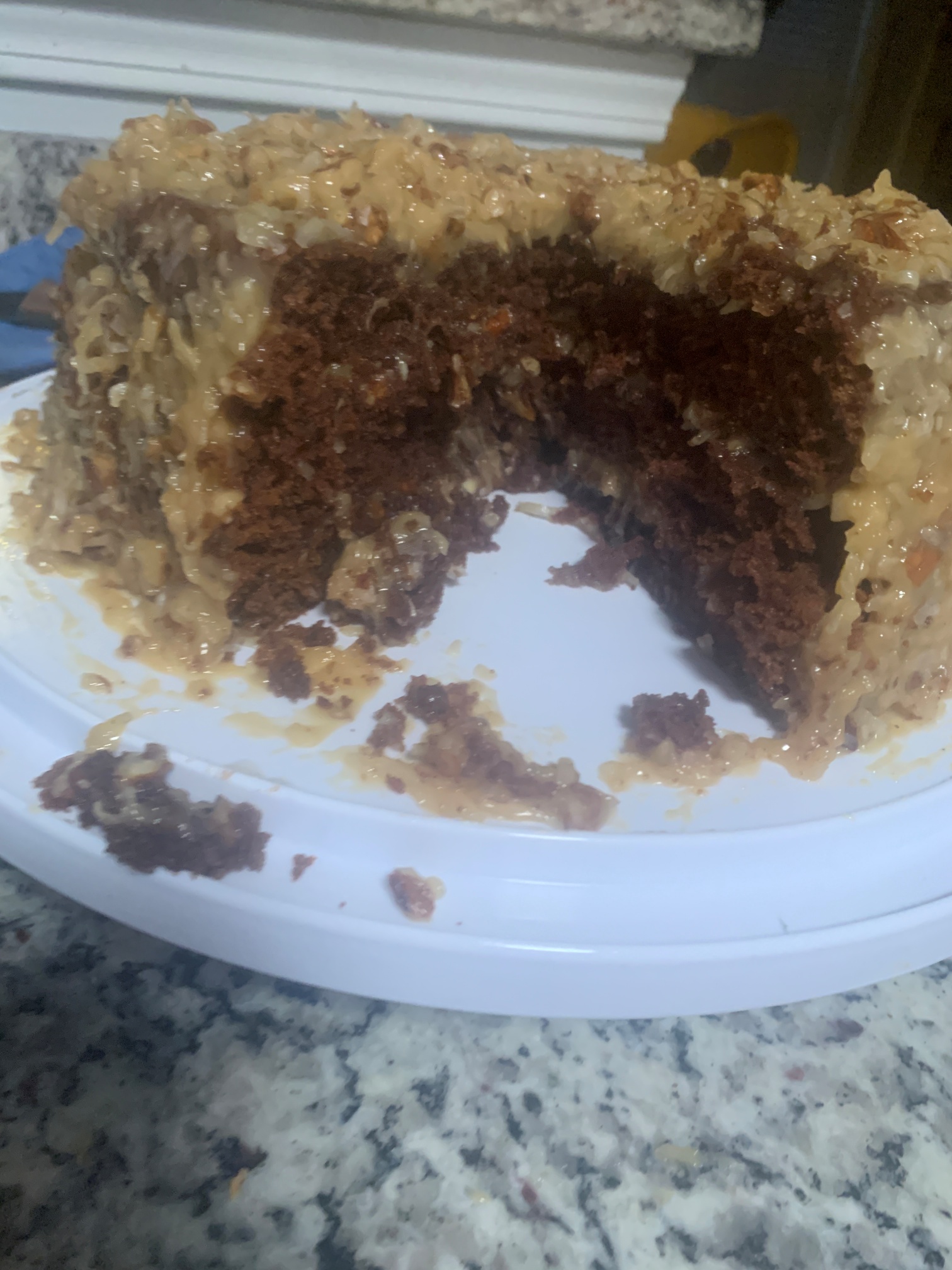
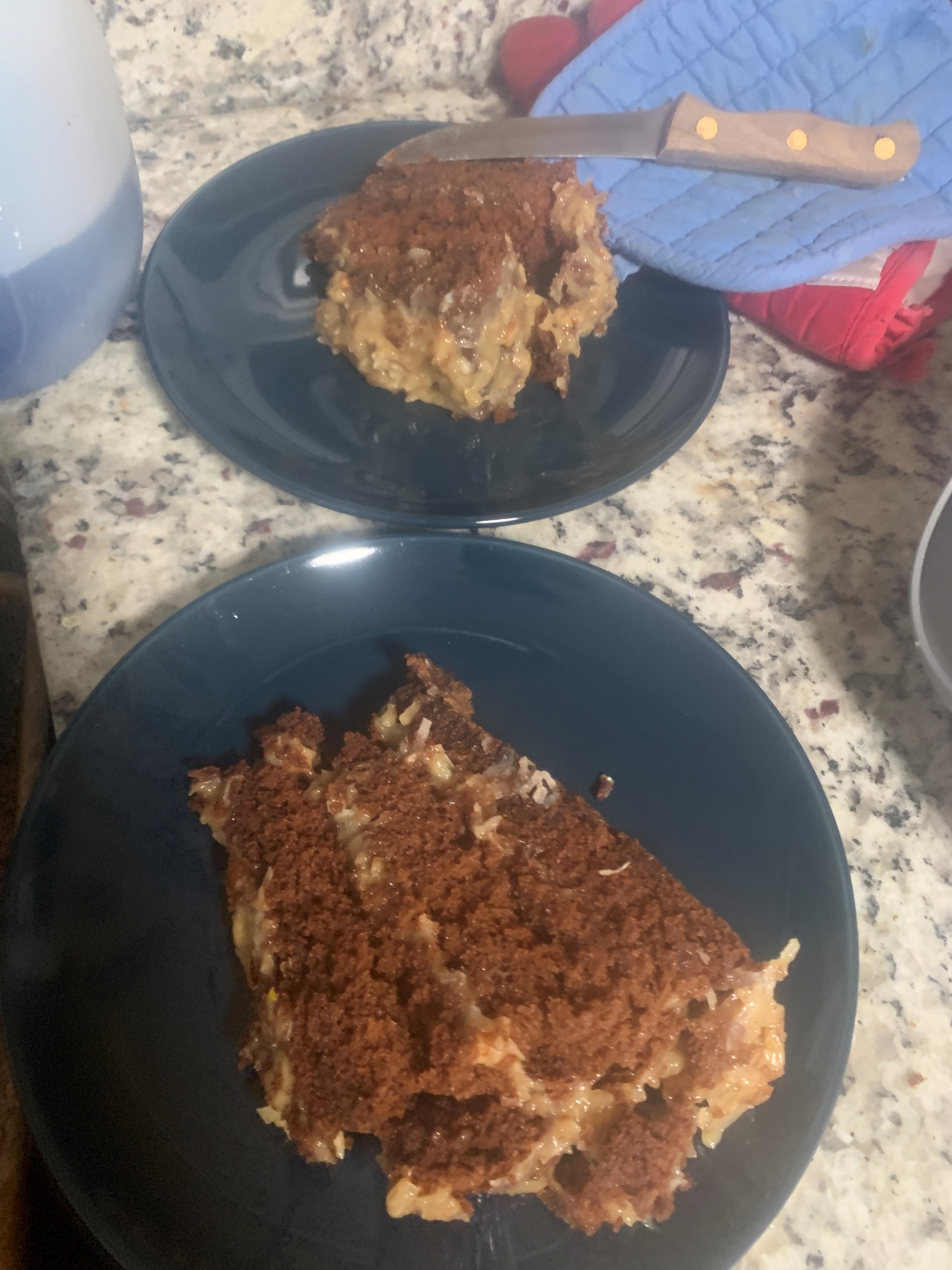
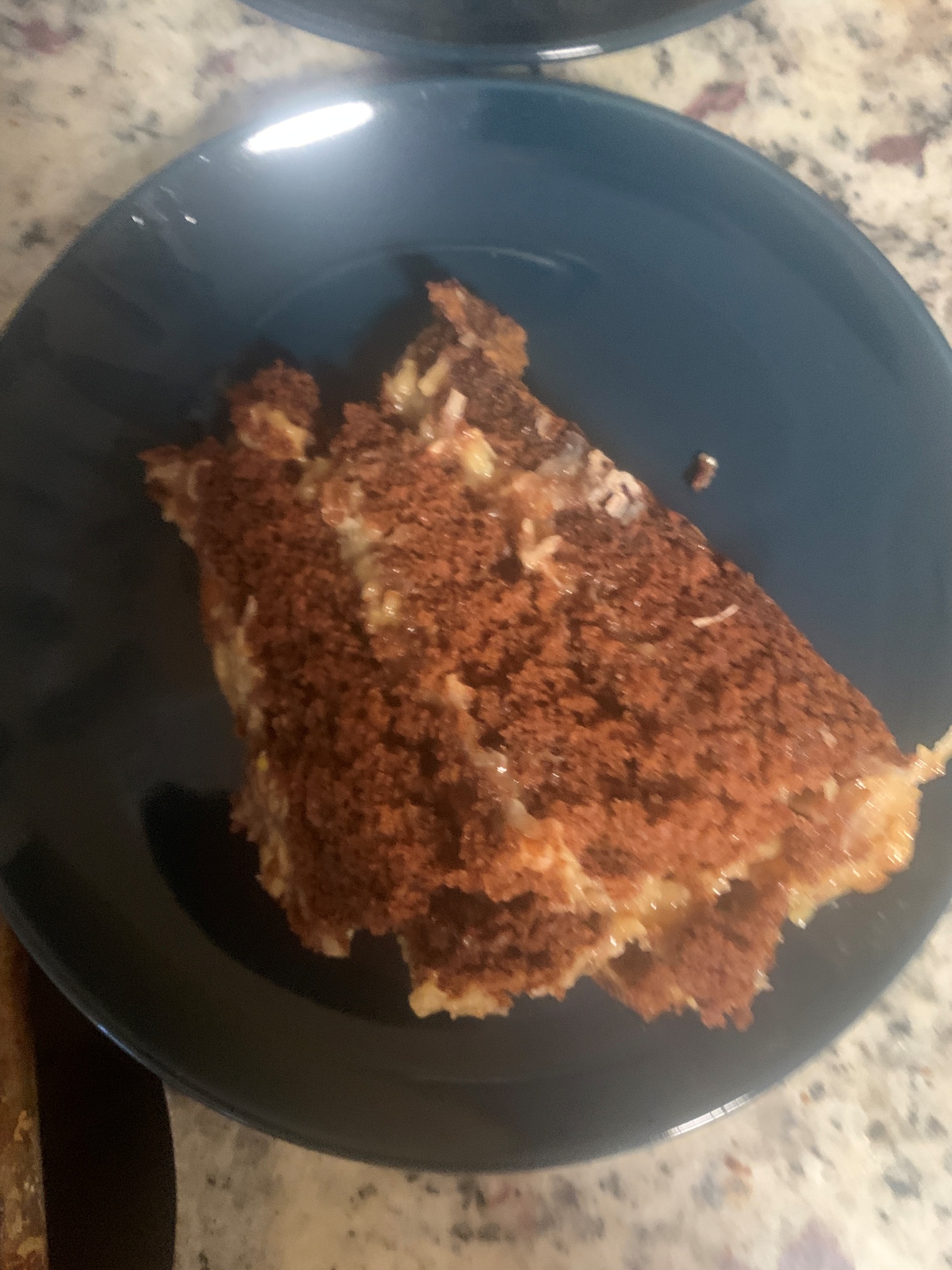
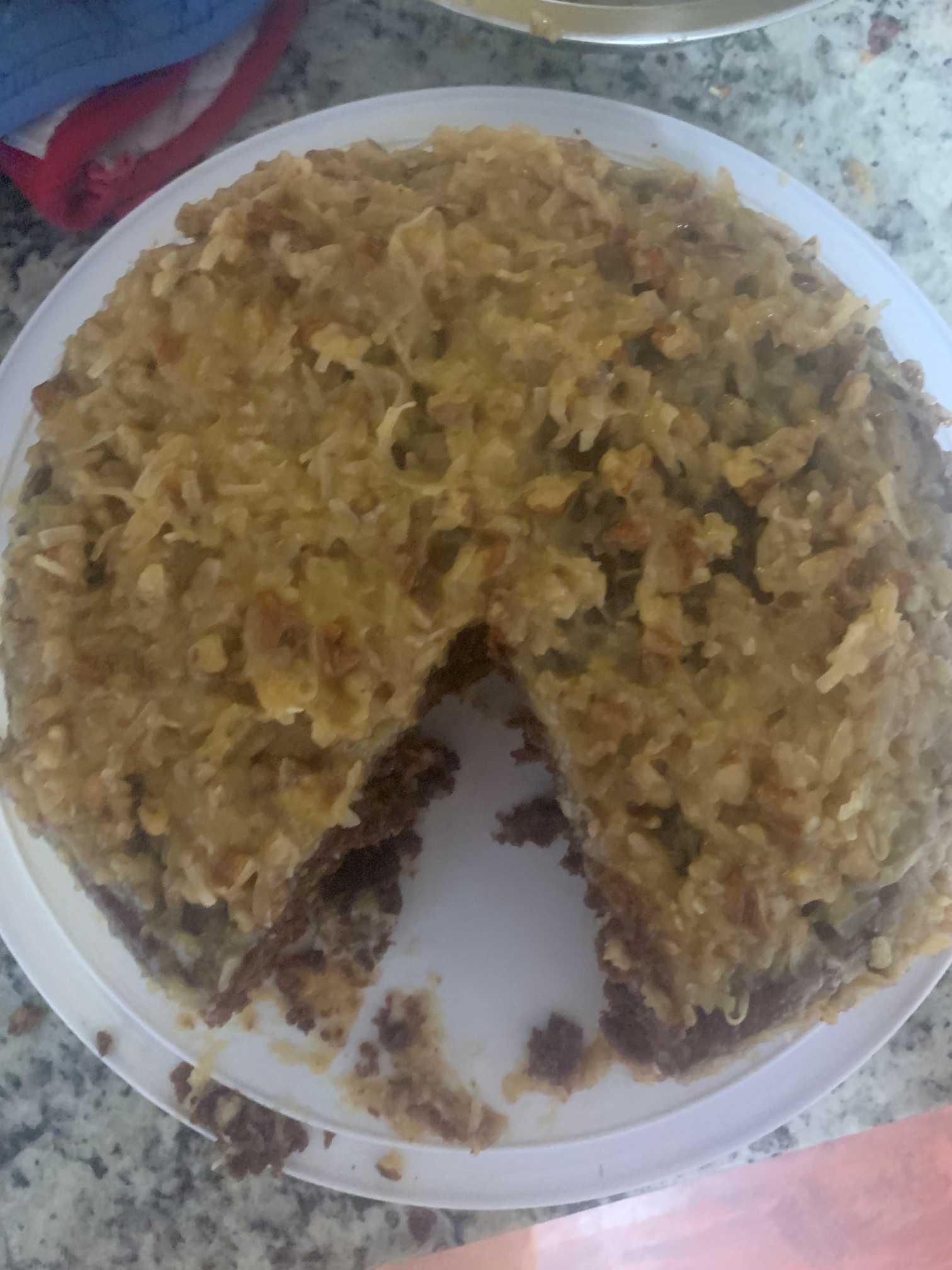
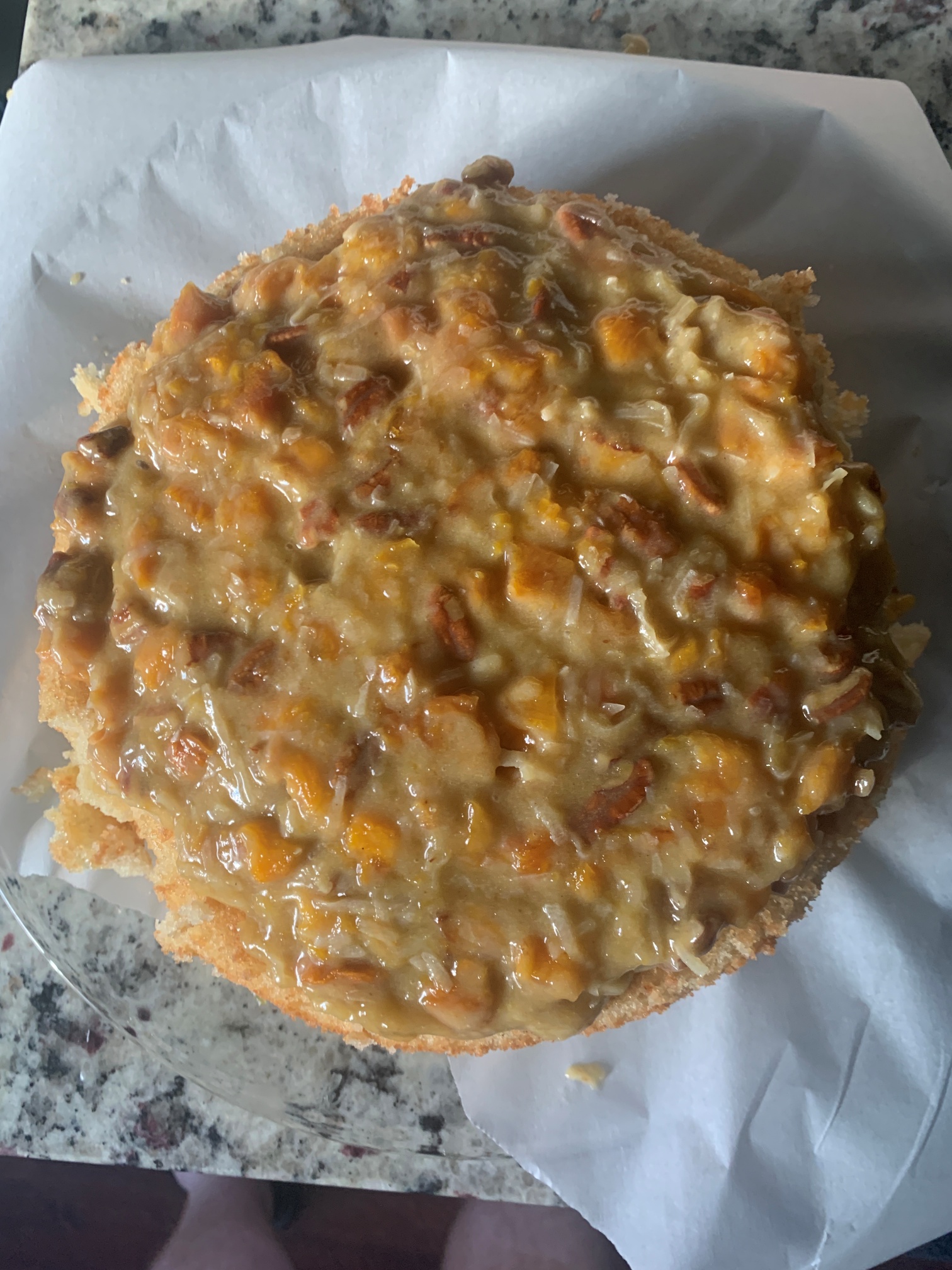
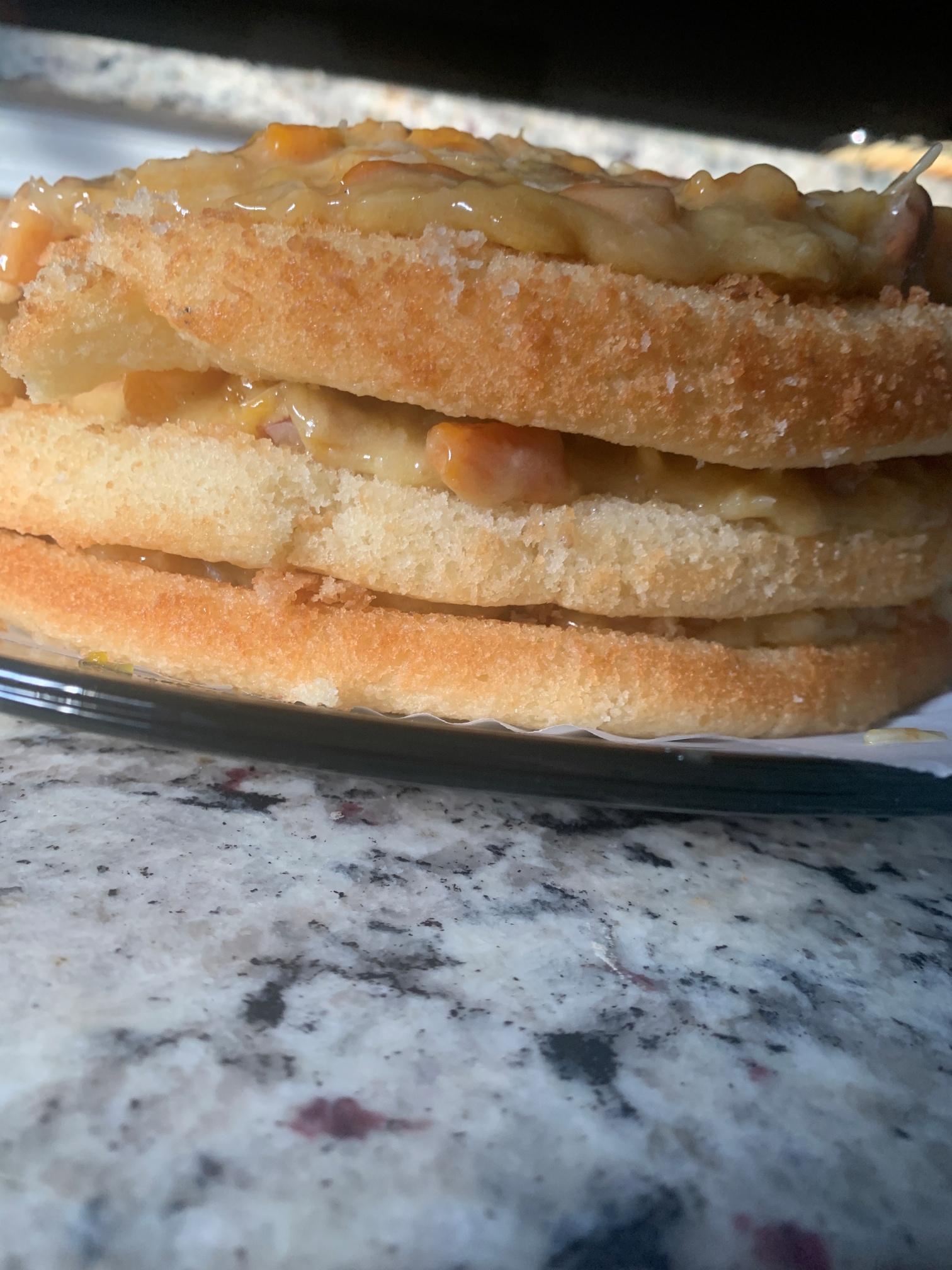
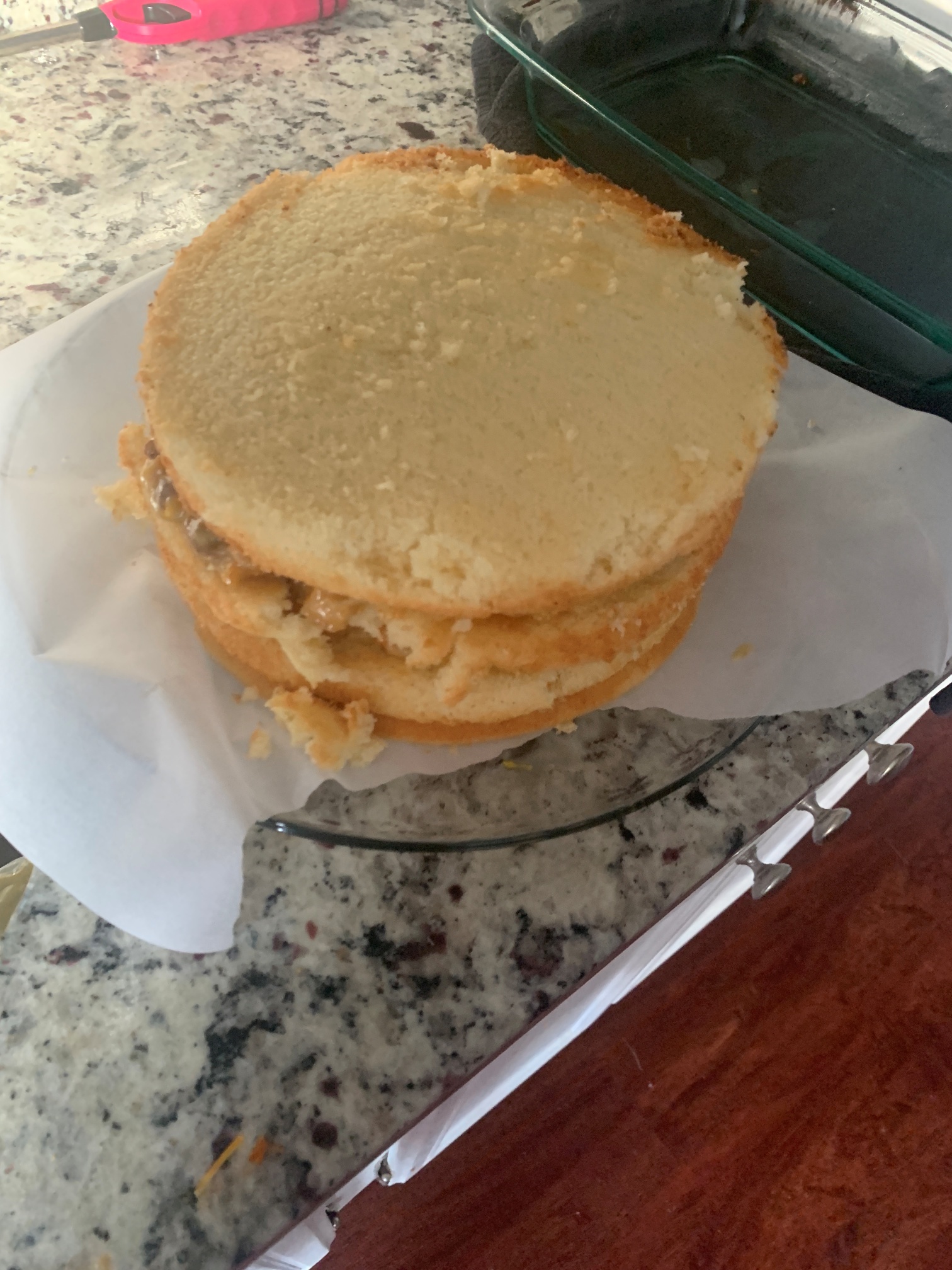
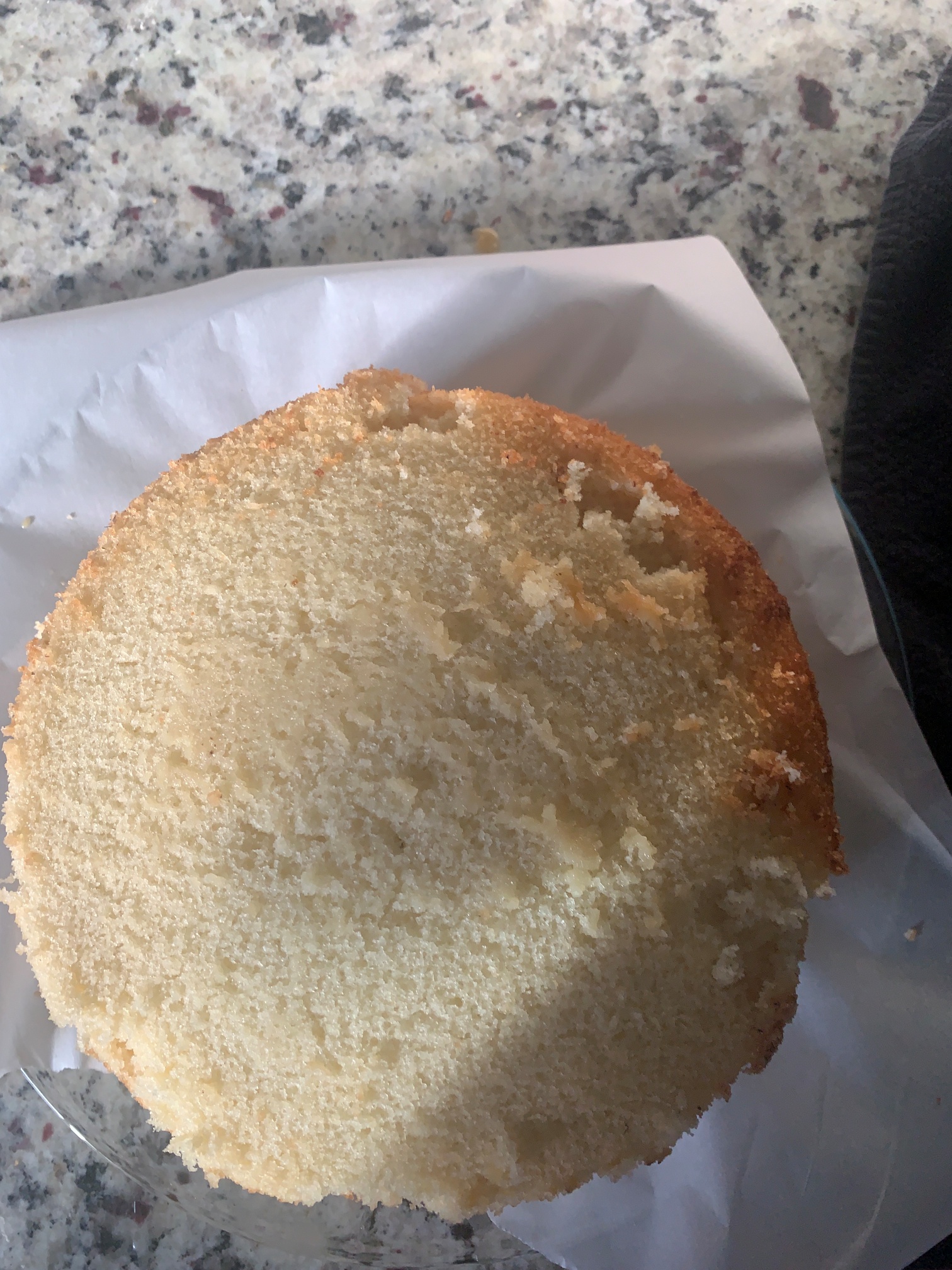

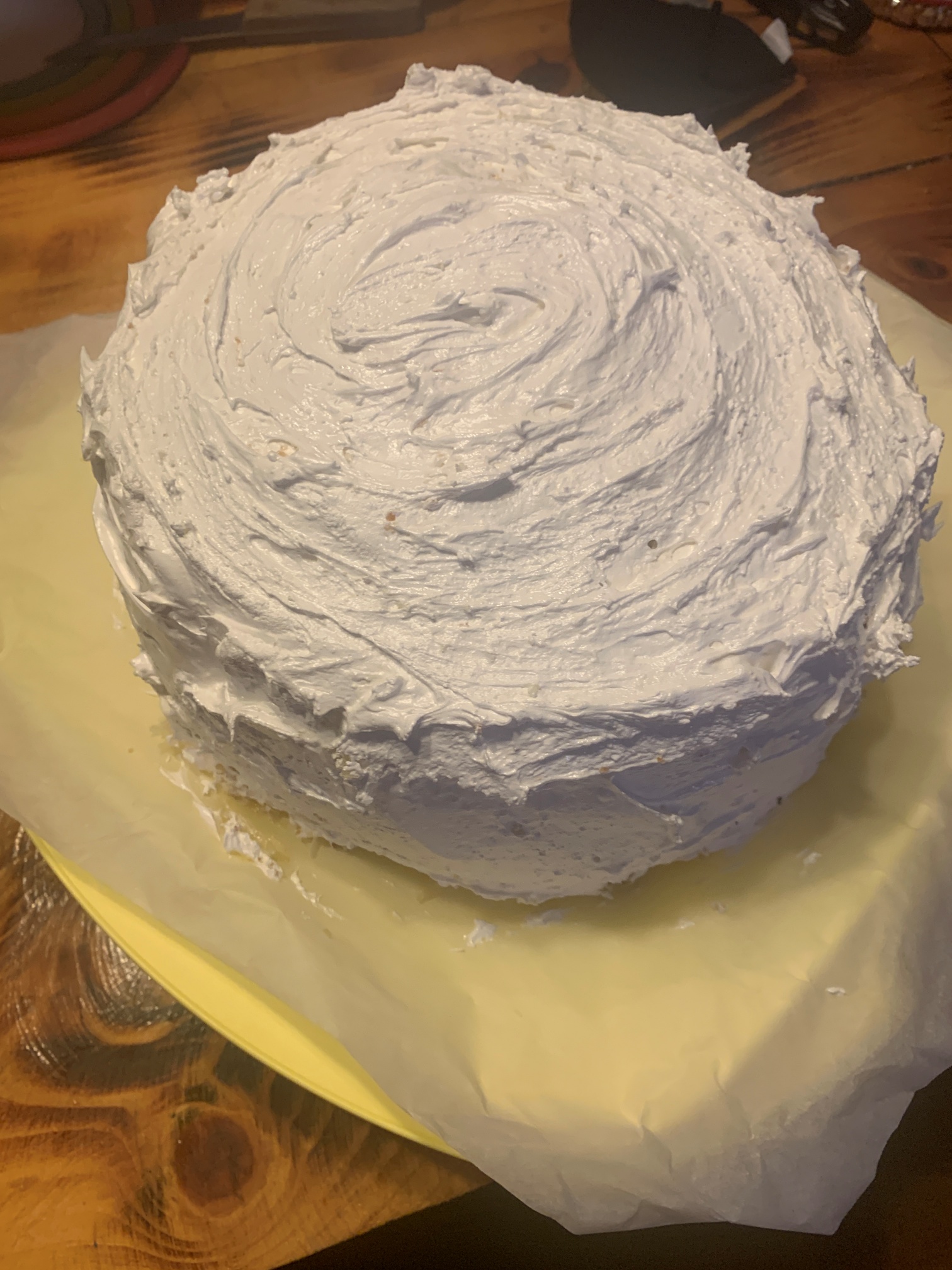
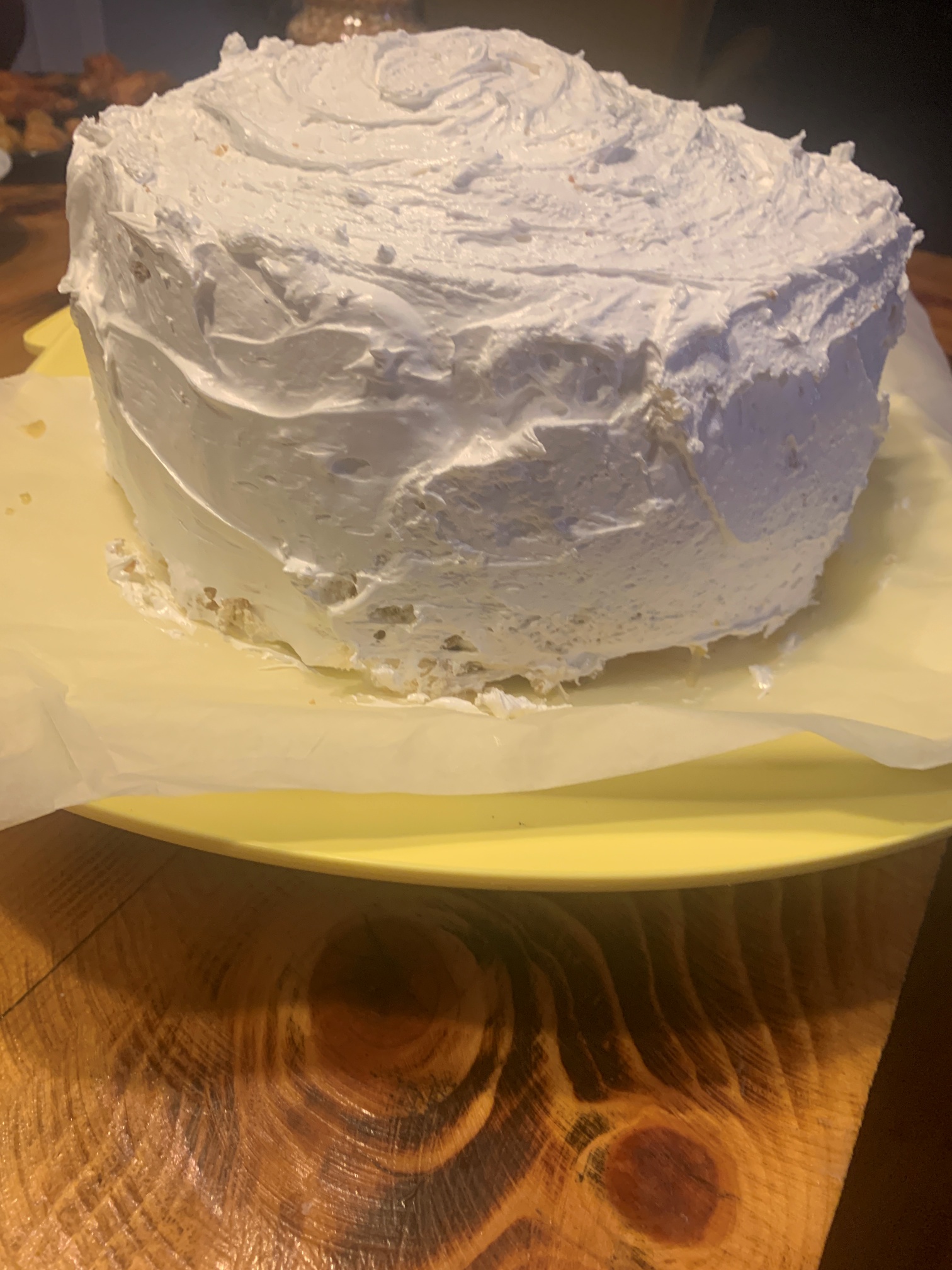
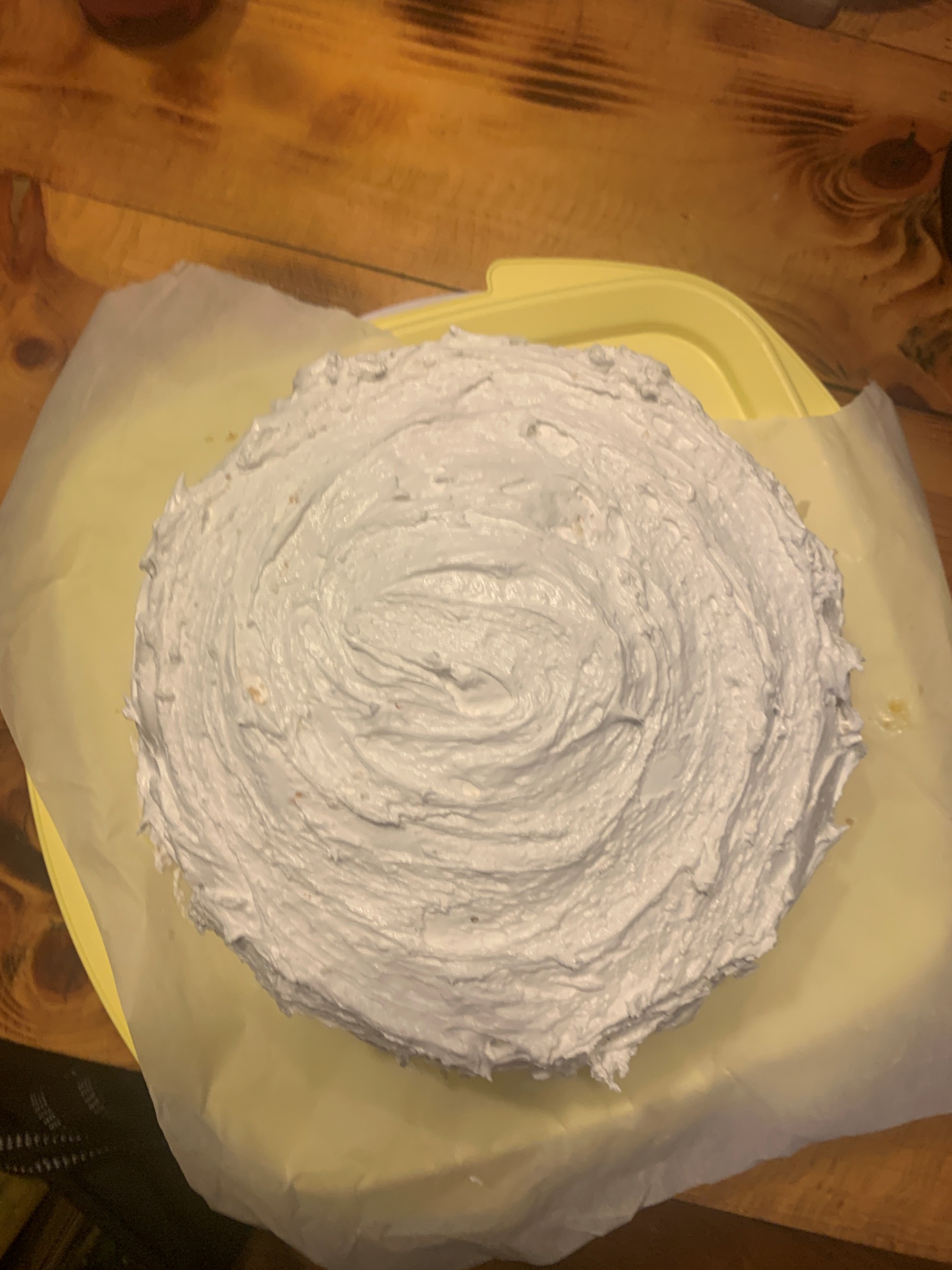
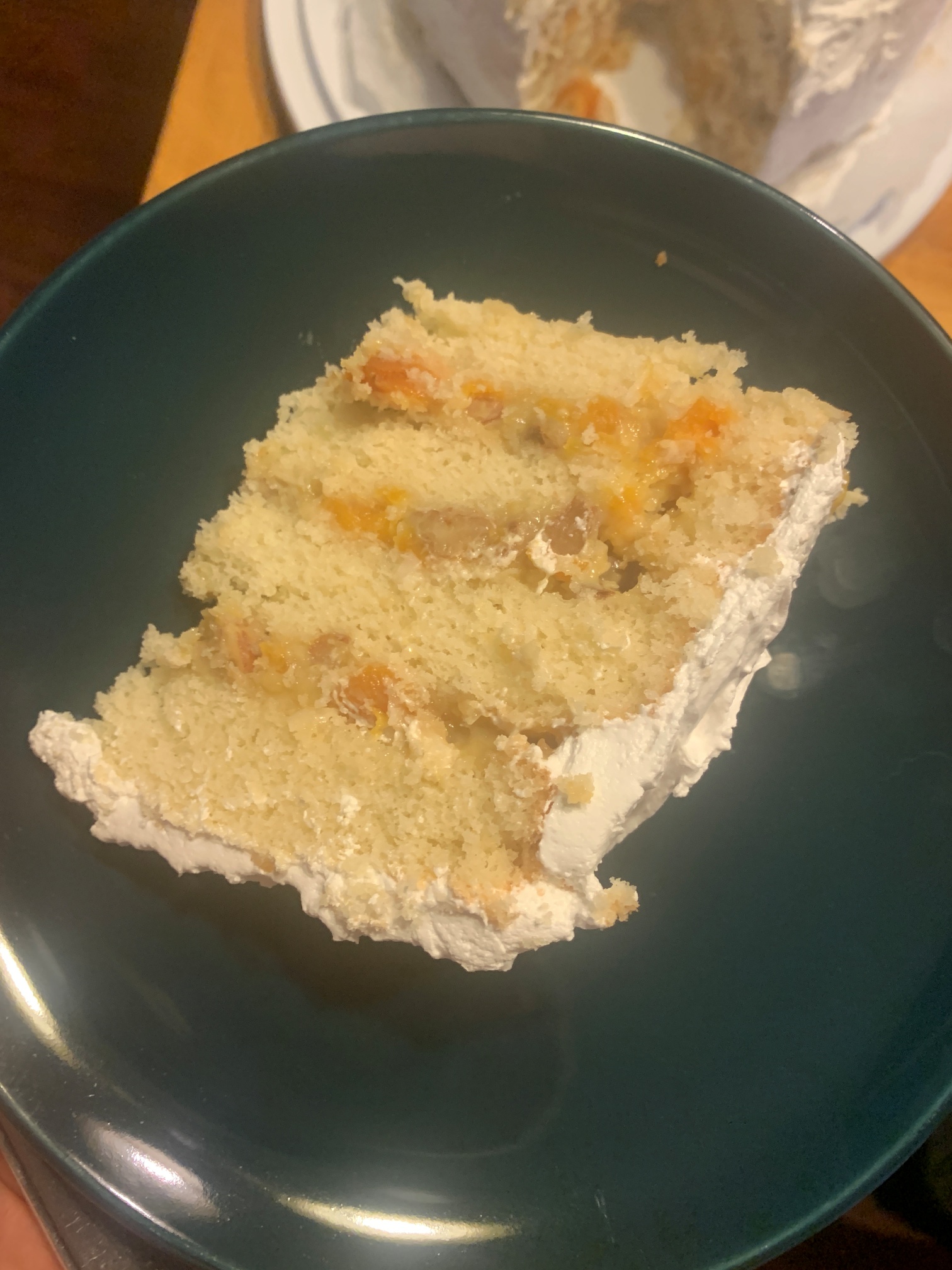
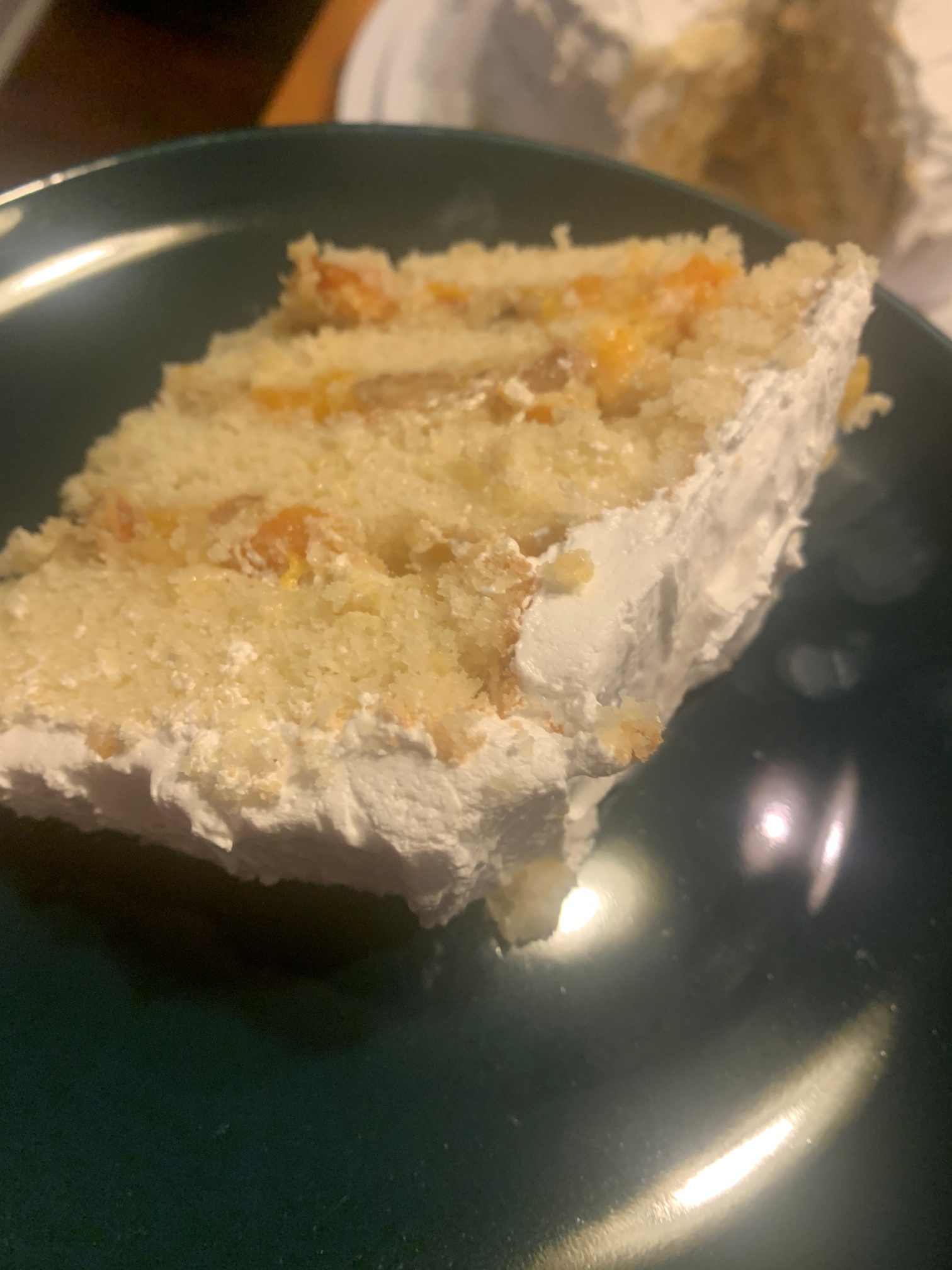
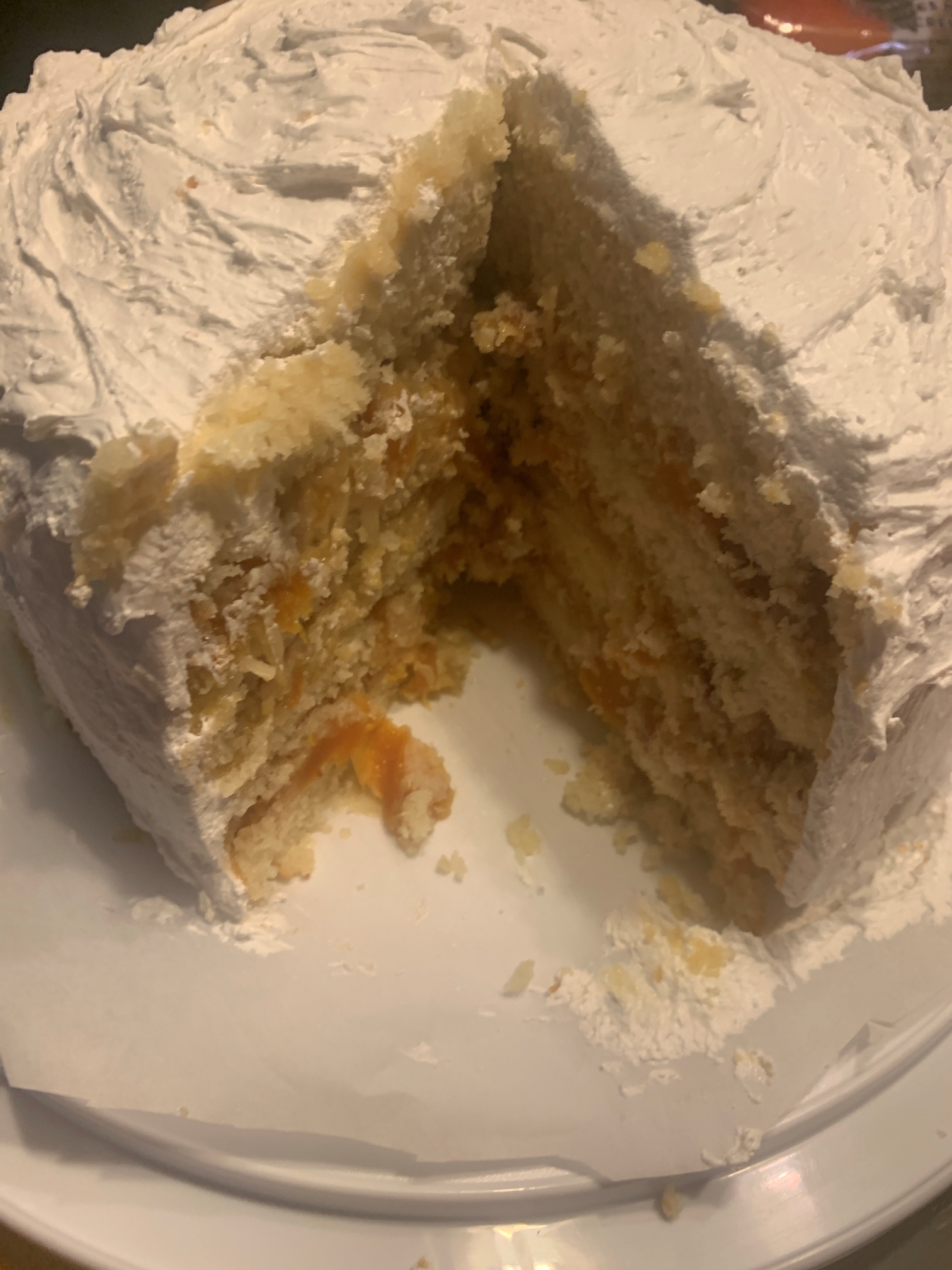
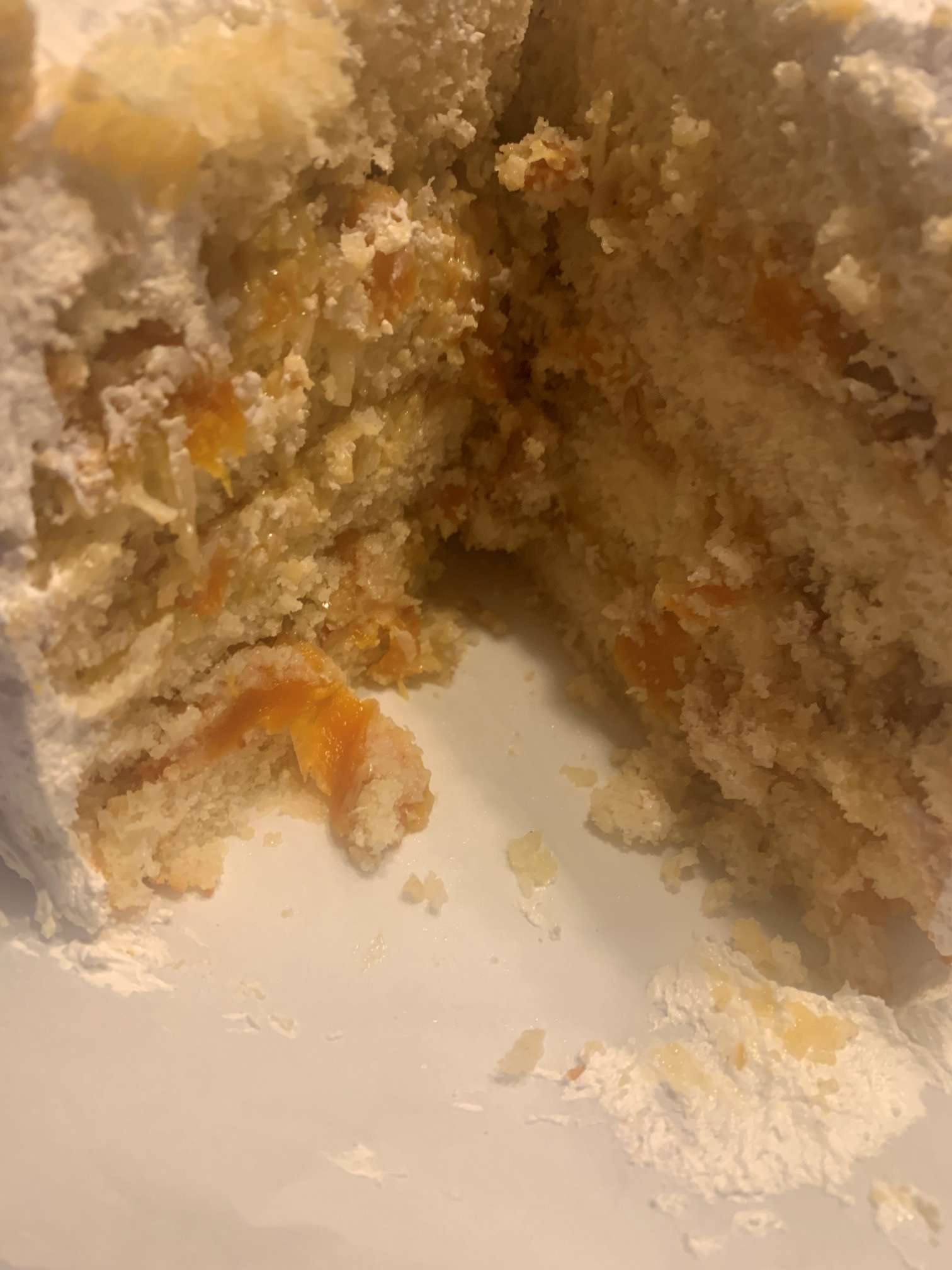
The Coca-Cola Cake comes in a wide variety of forms. It appears to have originated in 1952 in the Charleson Gazette in an “unusual dishes” contest. It bounced around the South and Southern cookbooks for the next 45 years, but it wouldn’t really hit it big until 1997. That’s when the Cracker Barrel restaurant chain introduced the Double Chocolate Fudge Coca-Cola Cake as a limited time item. It would come by popular demand from time-to-time (apparently, it’s the Cracker Barrel version of the McRib) until it finally joined the permanent menu in 2009.
There are versions with marshmallows. With nuts. Made in a cake pan. Made in a casserole dish. But they all share Coca-Cola Classic as an ingredient in both the cake and the icing.
There are other soda cakes (particularly ones with root beer or 7-Up) that have Southern roots, so this won’t be the last carbonated cake I make, but I’ve had no experience with them before now.
I didn’t make this cake until Wednesday. And I don’t know what I was thinking. Because I was exhausted.
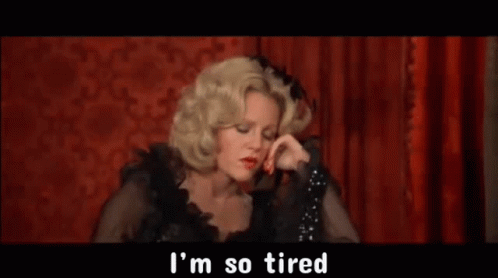
Everyday at work had gone beyond its allotted 8 hours and they were packed wall-to-wall with stuff to do. I had a paper due in my policy class and lots of reading in my democratic backsliding course. It’s a new fiscal year at work, so I’m trying to get old reimbursements processed and trying to make that everything gets approved in a timely fashion. I had two sessions of the class I’m teaching and 21 separate meetings I had to attend. But I hadn’t made a cake yet, and my fool self was like “but what about the project? A cake every week for a year? You’re already going to miss the last week of July because you’re going to be in Massachusetts…two fails in one month would be bad for momentum.”
Like other people actually care if this project misses a week (however, I did have an employee say to me last Monday that when he walked in and there was no cake on the counter, he thought maybe I was working at home for the day). So I decided to make a Coca-Cola Cake as an easy weeknight recipe.
I used Southern Living’s recipe. It called for 1 cup of Coca Cola in the Cake and 4 cups of Coca Cola for the frosting. And it should have been easy. It’s a two layer chocolate cake with a flavored buttercream. I should be able to do this in my sleep.
But I was tired.
See, the flavor in the buttercream from all that Coke? The recipe calls for boiling it down into a syrup (4 cups to yield 1/3 cup syrup) over the course of an hour while the cake is baking. Which is fine. Except I did the thing you should never do: I trusted the timing in a recipe instead of my own wits and knowledge.
It said 70 minutes. When I came in at 55 minutes (10 minutes after the last check), it had turned into a roiling, bubbling, slightly scorched smelling mess. We had passed syrup territory. We were now in the land of caramel. And the caramel would not due. Because as it soon as it stopped being boiling lava hot, it became hard as a rock on the bottom of the pan.
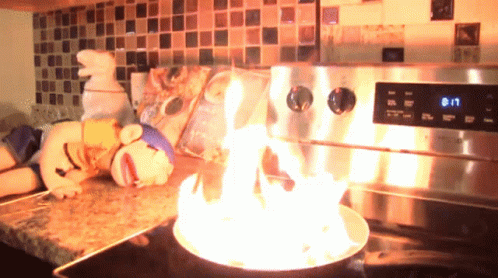
For a while, I tried to reconstitute it. Adding more water while it was over heat to see if I could reboil down to a sugar (like with a sugar-based caramel), but it was a lost cause. Luckily, though, because it was just sugar, leaving the pan to soak in hot soapy water got rid of all the charred on crap. So I started again. At 8pm. To make a syrup. And this time, I watched YouTube on my phone while stirring caramel and checking the volume every five minutes. I got my 1/3 cup of syrup, chilled it in the freezer while I took a shower, and added it to my buttercream. Apply the buttercream, create swirls with the back of a spoon.
And what did I get for all that effort?
A really pretty, faintly caramel-colored chocolate cake. A good chocolate cake. A well-made chocolate cake. But, truthfully, at the end of the day, nothing all that special. To paraphrase Prue Leith, it wasn’t worth the effort. But Dale said it’s the prettiest cake I’ve made in this project so far, and it got some compliments from some colleagues, so I’ll take it.
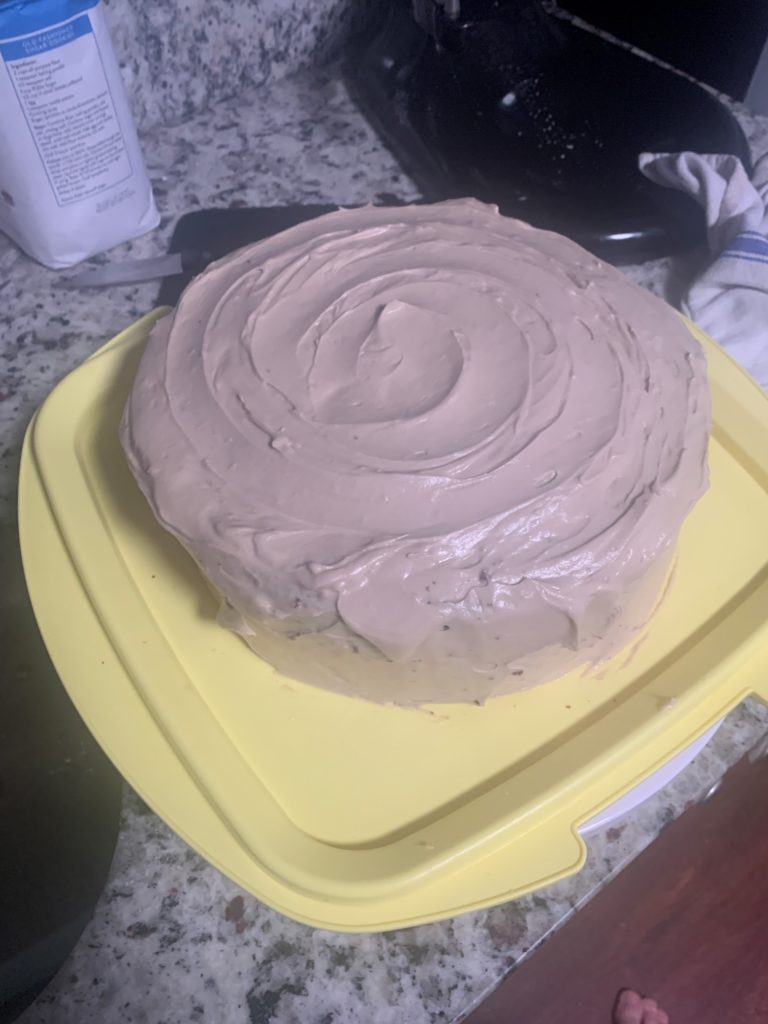
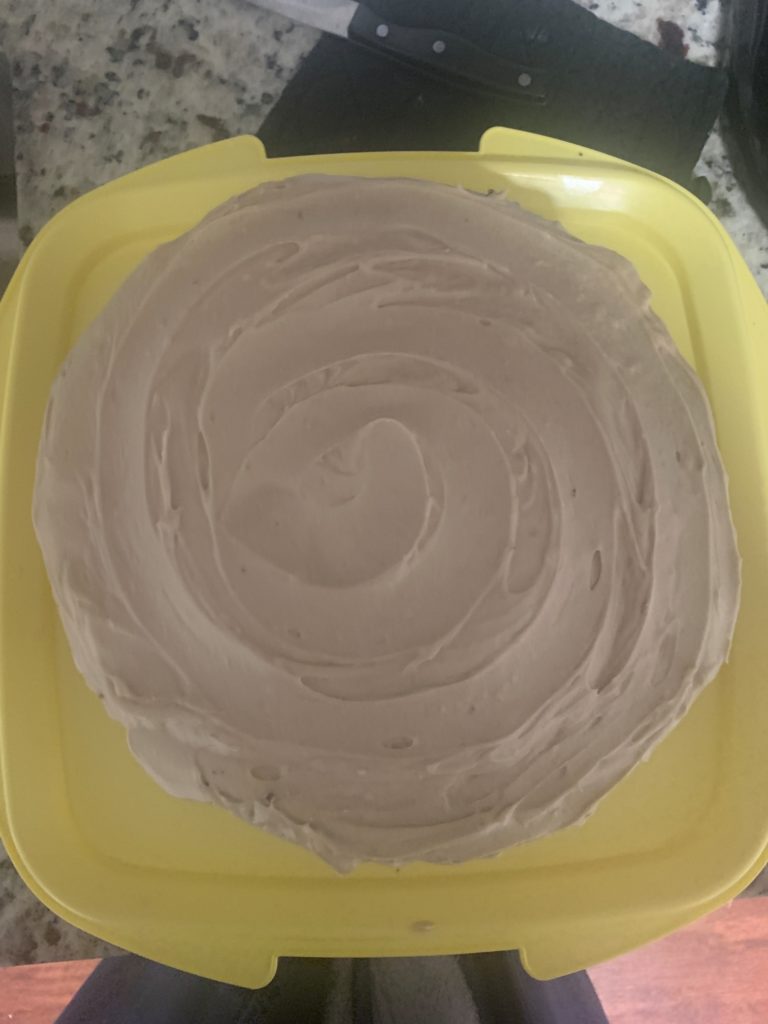
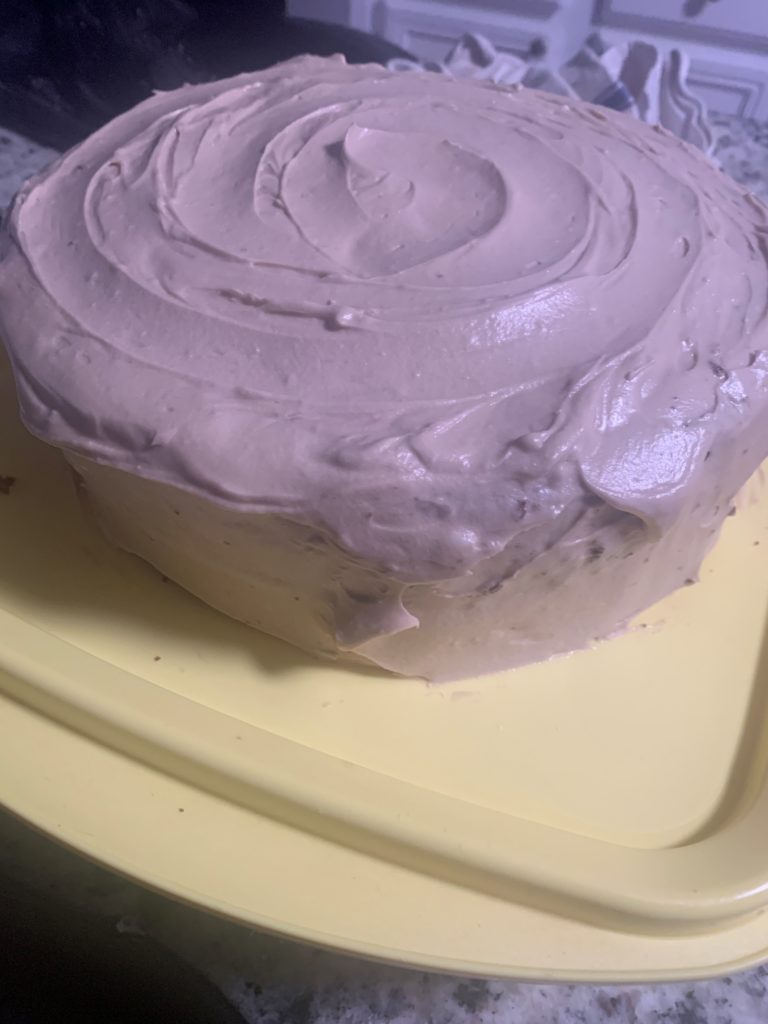
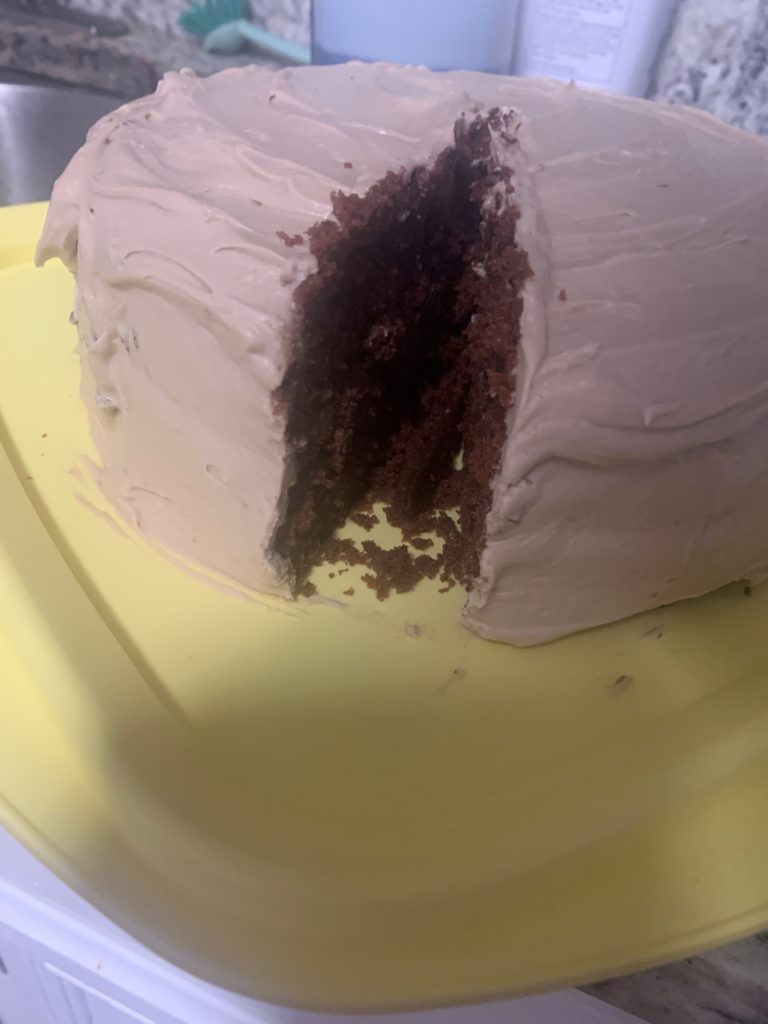
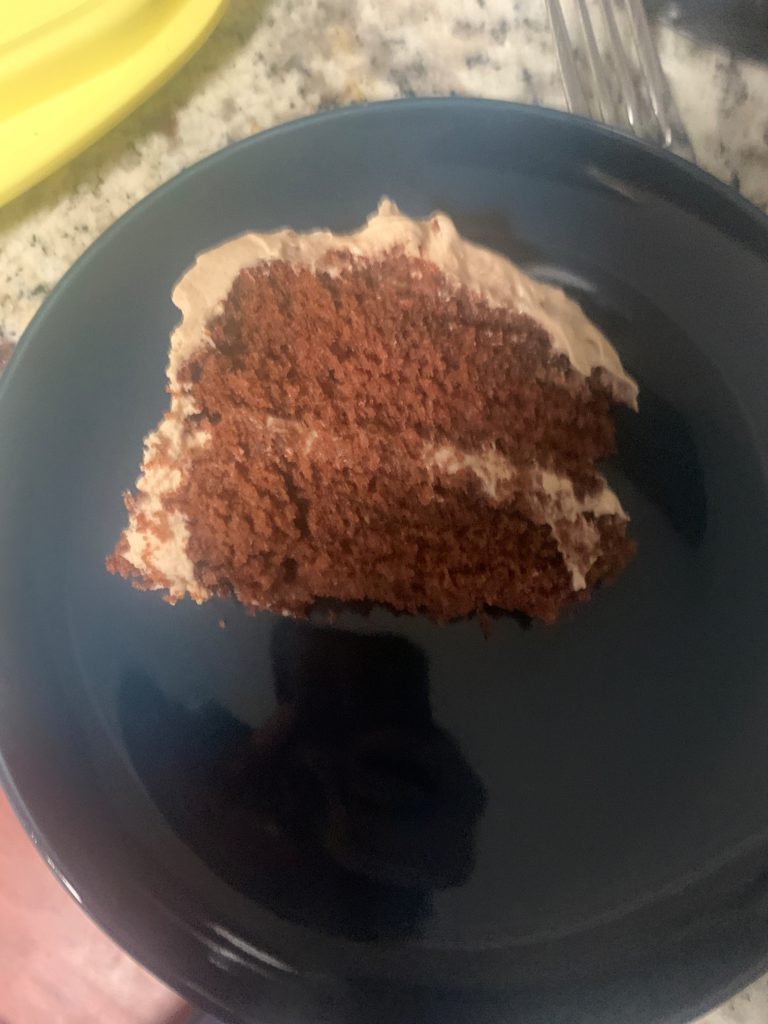
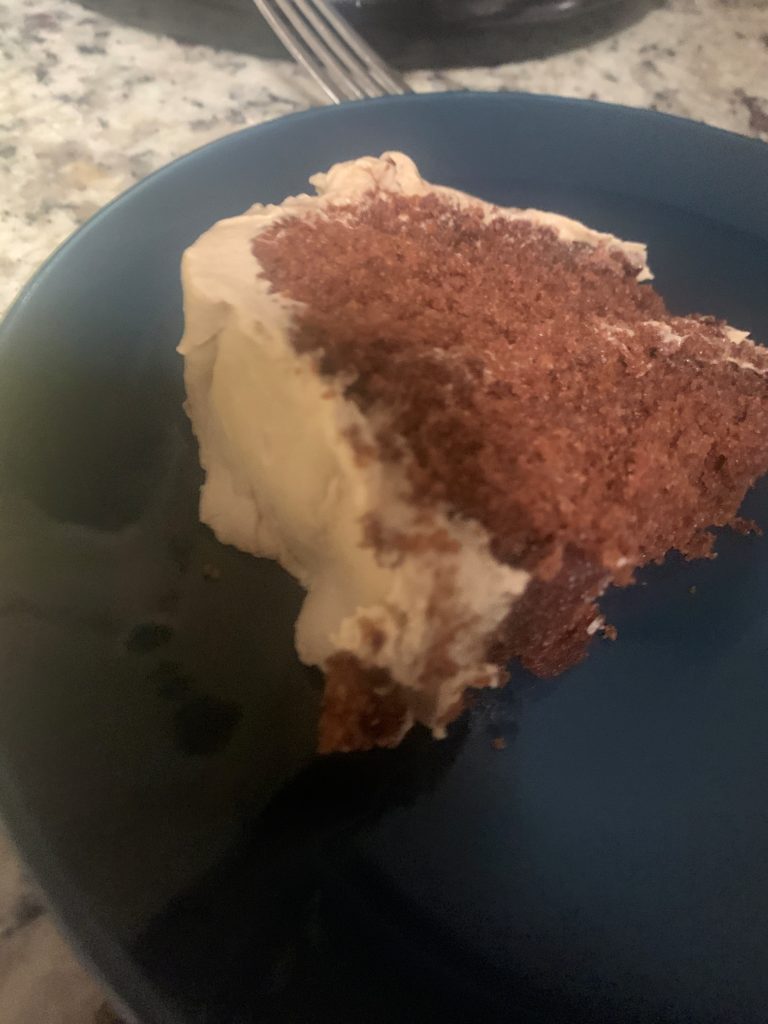
I may be behind on posts, but I have not been behind on baking! I’ve been keeping up with the once a week cake challenge. The Mississippi Mud Cake was one that I subbed in at the last moment because I was considering doing a Lane Cake, but I realized it would necessitate both an online purchase (dried peaches) and a trip to the liquor store, and I didn’t have that sort of time in my life the week after getting back from a conference. So the Mississippi Mud Cake to the rescue.
The Mississippi Mud Cake is so-called because it looks like the muddy banks of the Mississippi River. Some date teh cake to a diner near Vicksburg, but this remains disputed. Mississippi mud is a term that gained widespread knowledge with a song called Mississippi Mud in 1927, and it was often used as a term meant to refer to chocolate pudding. Early newspaper versions of the recipe appeared as early as 1968 in Arkansas and Kansas. Some posit that it isn’t a cake at all but an evolution of a brownie. But whatever it is, it has become a new Southern staple and has found a warm home in many Southern kitchens over the last 50 years.
The Mississippi Mud Cake recipe that I was using from Ree Drummond is what I call a “baked bean recipe.” This is a bit of a joke between me and Dale. We discovered that both of our family’s “make” baked beans in the same way: by starting with a can of pre-prepared baked beans. To this day, I still don’t know what bean one would start with for baked beans made from scratch (pinto?). It seems to be a Southern staple to start with basic canned baked beans and then to doctor them with bacon, brown sugar, and other accouterments to make your own version.

I don’t have any opposition to baked bean recipes. I used to. When I first started seriously cooking, I was a huge snob about cooking from scratch and really trying to get as close to the source of food as possible. Everything that could be from scratch should be. Make your own puff pastry. Always use whole garlic. Never buy frozen if you can get fresh. And, dear reader, I have since learned what all people in their 30’s learn:
Who has the fucking time for all of that?
I certainly don’t. So now my garlic is pre-minced in a jar in my fridge, and I have time to actually do more of the things on stuff mountain. Or as I’ve taken to saying these days: there’s just too much list and not enough day. So while I can and have made marshmallow from scratch, when Ree said buy a bag for the topping, I plopped my $3 down and went on with the rest of my day.
Anyways, back to the cake. This cake is made in a 9×13 Pyrex, and for the most part, it’s pretty standard. Make a pretty standard chocolate cake. When it comes out of the oven, pour marshmallows (from a bag that was bought at the store) over the top. Put the marshmallow cake under the broiler. Then, you poor a thinner chocolate icing all over the cake.
It. Is. Messy.

The marshmallow was already peaking over the top of the 9×13, so adding more on top? It breached containment. Spilled onto the counter. But it also did what it was supposed: seeped into the marshmallow and cake making it craggy and moist and chocolatey all over. This was the mud, and it penetrated the chocolate cake soil to make a fudgey delight.
This cake is not pretty. But it’s not meant to be. It is chocolate on chocolate with marshmallow. Also known as a crowd pleaser. Dale said it was the best brownie he’d ever had, and it was quickly gobbled up at work (though with the marshmallow, it’s not really something you can put in a napkin and just walk away).
Could I have made my own marshmallow. Sure. Could I have more carefully drizzled the chocolate to ensure a more elegant final product? Maybe. Could I have assessed the overall volume of the pan and moved it to my lasagna dish that would have definitely been big enough. I suppose. But…

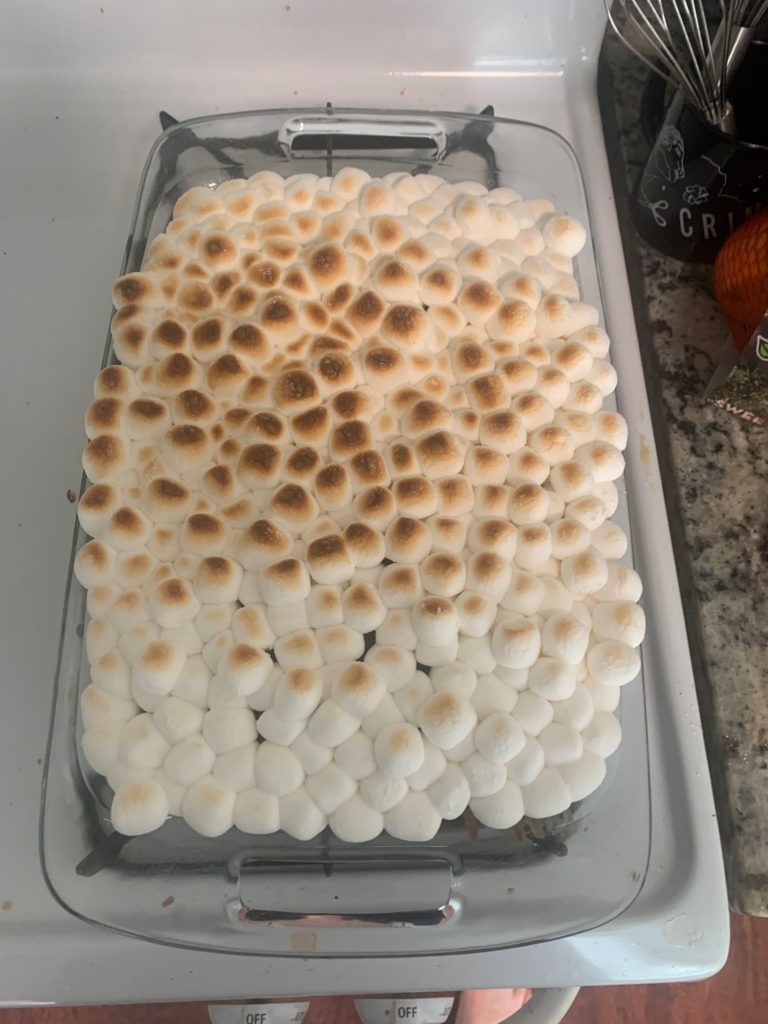
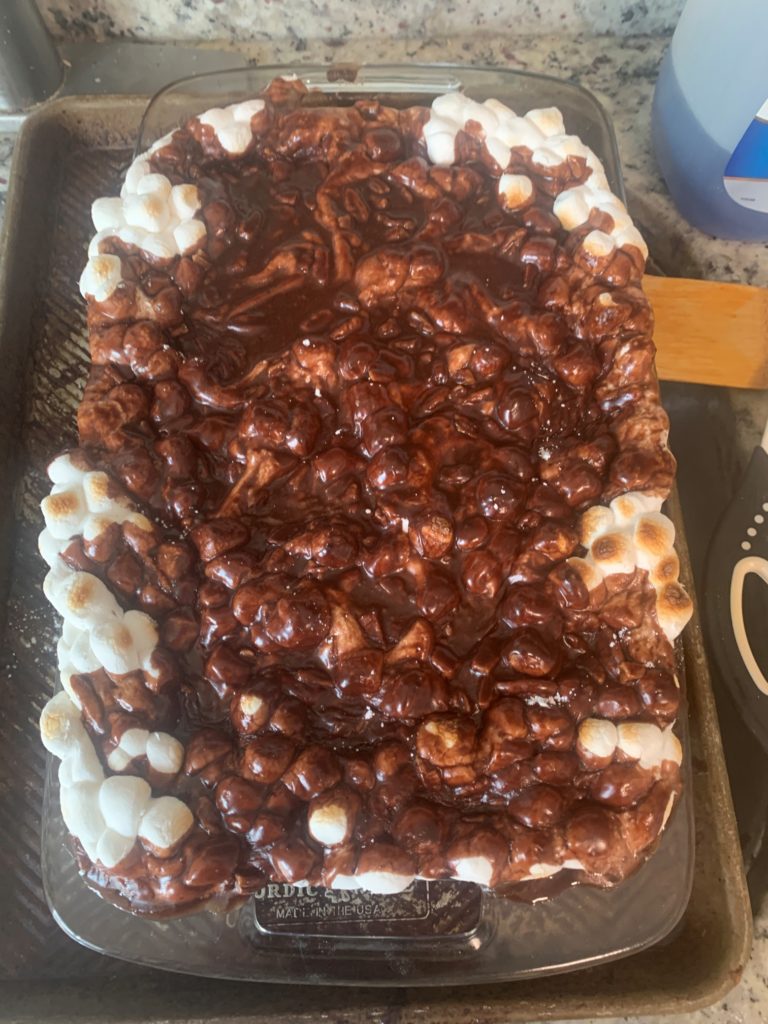
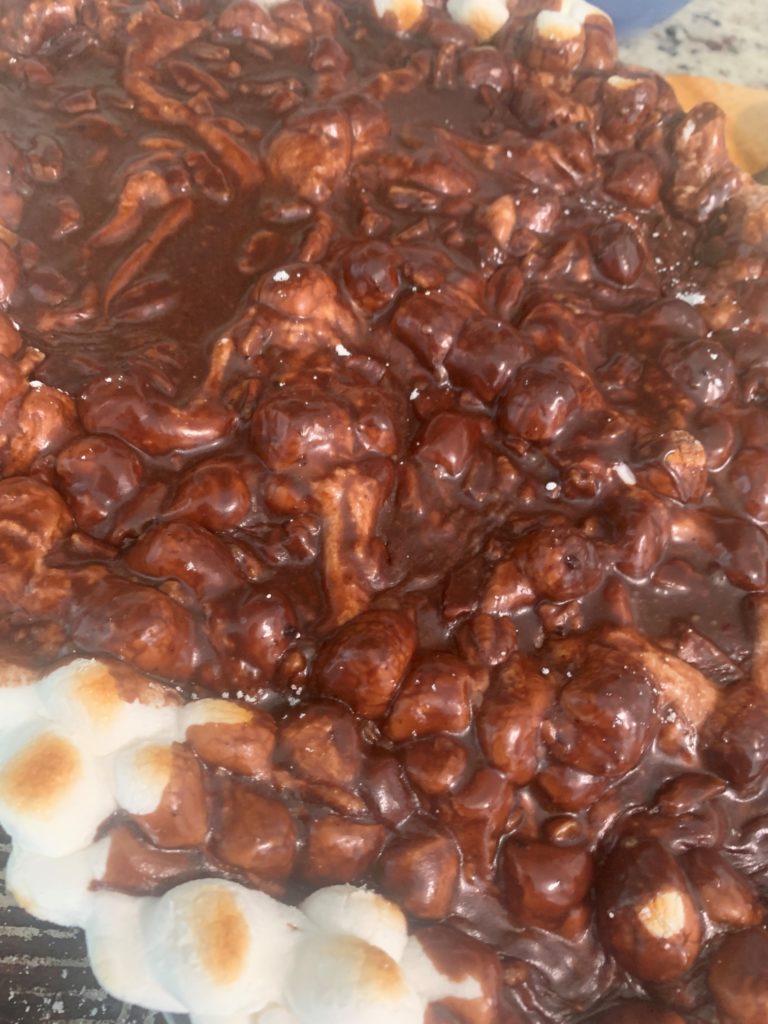
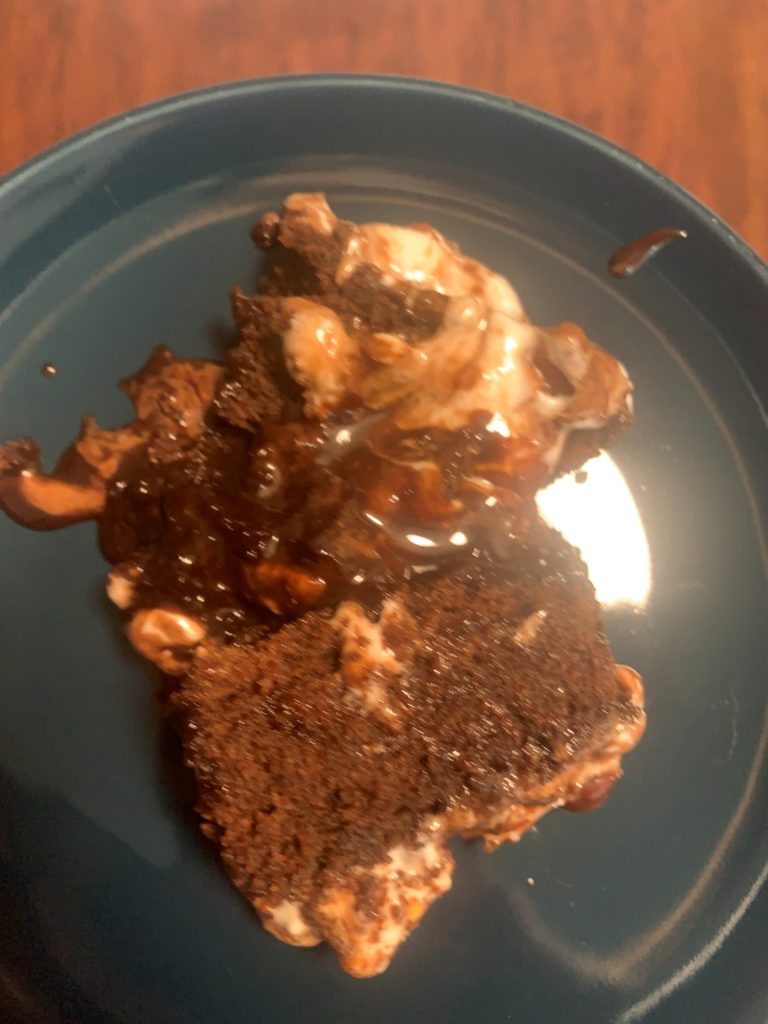
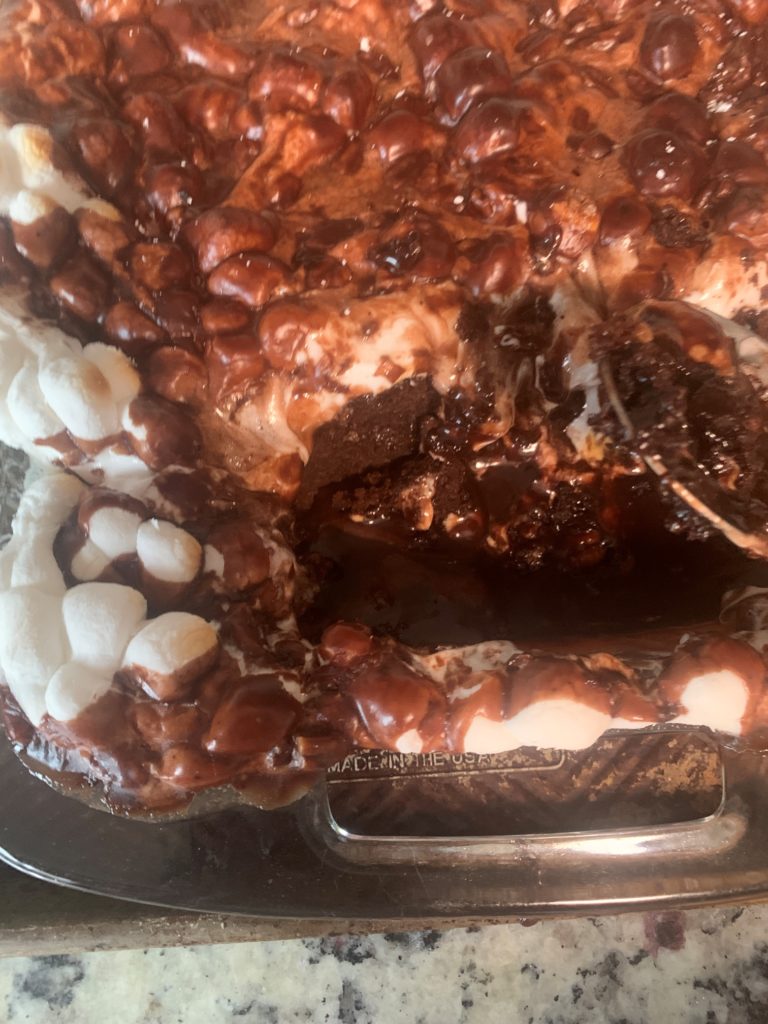
The hardest part of this cake is spelling mayonnaise correctly in the write-up.
The second hardest bit is that I loathe mayo. It is not food. It’s barely an ingredient. It’s gross and icky and I hate it.

As I’ve told more people about this project, some people have asked if I’m really going to have enough cakes to make a Southern cake every week. And my approach is still going to be to make cakes that the South claims, even if research points out that that claim is bogus. And that’s where find ourselves today. Because even though everyone nods sagely when I bring up mayonnaise cake, it is a Southern transplant, not a native.
The origin of the mayonnaise cake is traditionally thought to trace back to the Depression-era, but the first published version appeared in the Oakland Tribune in 1927 becoming popular at the turn of 1940 in response to the rationing of eggs and sugar as part of wartime rationing. Then, the recipe was taken by Ms. Frank Price, wife of a Hellmann’s Mayo salesman, and it was put on the side of mayo bottles to help increase sales. After that, the recipe began to gain further traction with it being pushed in the 1950’s as a way to save time.
There was also a period where it was known as the $100 Mayonnaise Cake and some said that it was the recipe that began at the Waldorf Astoria in New York. However, the Astoria cake has no mayo in it, and thus, this is just a game of telephone that got out of hand that ended up lending some classy shine to the recipe’s popularity.

So what does the mayo do? According to Marion Cunningham it makes the cake more shelf stable and it adds a richness to the cake. So I set off to make this cake this afternoon.

I used a Southern Living recipe for a chocolate mayonnaise cake. It’s your standard sponge cake with cocoa powder and coffee mixed in. Where the mayo comes is that instead of butter, a cup of mayonnaise is added to the batter, providing the fat for the overall cake structure. It all whips together and then is spread between cake pans for baking.
And baking.
And baking.
See, it was supposed to go into the oven for 23 minutes. And when I opened my oven then, the cakes weren’t just undone. They were soup. So I went 5 more minutes. Then 5 more. Then 10. Then 6. Finally, more than twice the time that I was given, they were done.
This is the point that I looked back at the recipe and realized that I was being dumb. See, the recipe clearly said to divide the batter between three cake pans, and I only did two. Fifty percent bigger cakes means a drastically increased baking time.
While the cakes were baking, I had plenty of time to knock together a butter cream with powdered sugar, vanilla, corn syrup, bittersweet chocolate, and heavy cream. I ended up adding a lot more heavy cream than called for because I wanted a more spreadable icing, but it all came together well.
I leveled the cake and split each cake into two layers, spreading some icing between each layer. I’m always afraid I’m going to run out, so I never ice enough in the middle. I’m still learning, and by the end of this project, that’s one bit that I hope to have cracked. I stacked the layers, frosted the top and outer edges, and called it a day.
So how is it? It’s good. It’s a chocolate cake. It tastes like a chocolate cake more on the coffee bitter end than on the milk chocolate, store-bought sweet frosting side. It would go well with tea or coffee. And while the texture is a bit more robust than my go-to chocolate cake, if I didn’t tell you, you’d never know there was mayo in it. Not a bad cake, but not at the top of the list either. Next!
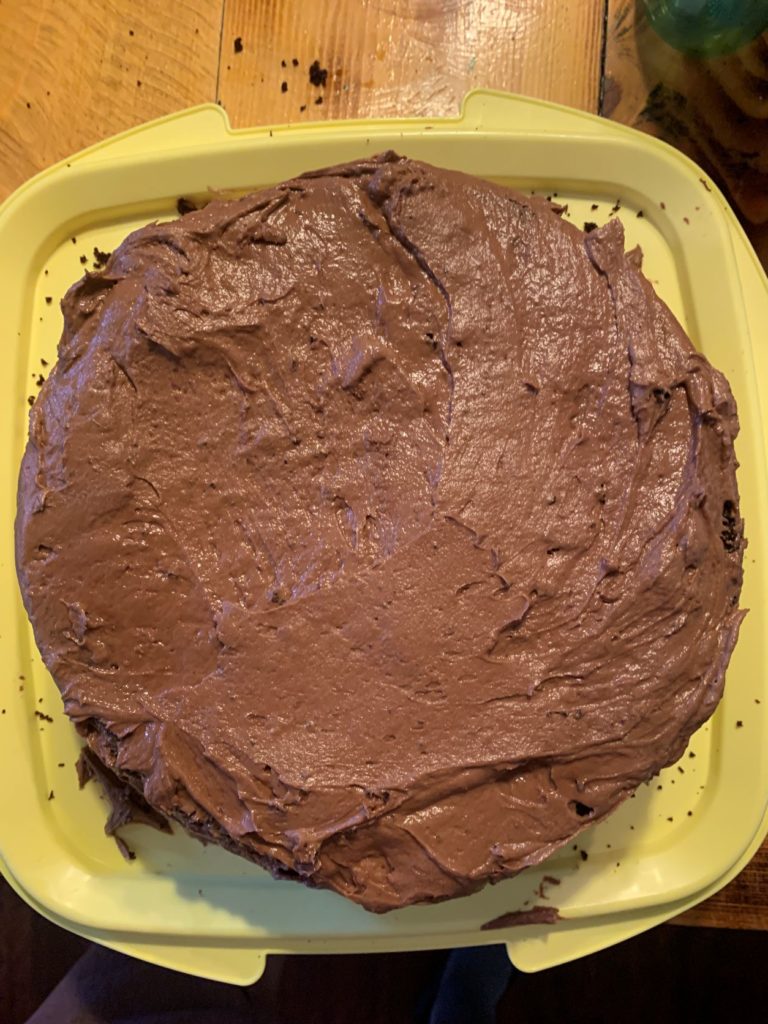

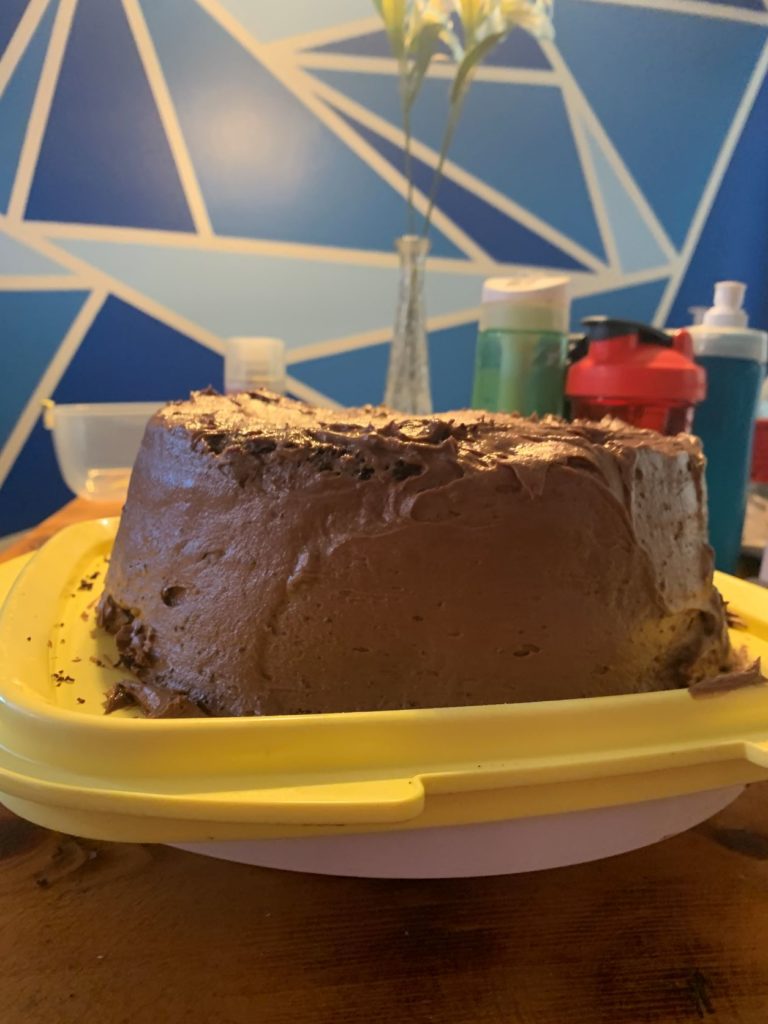
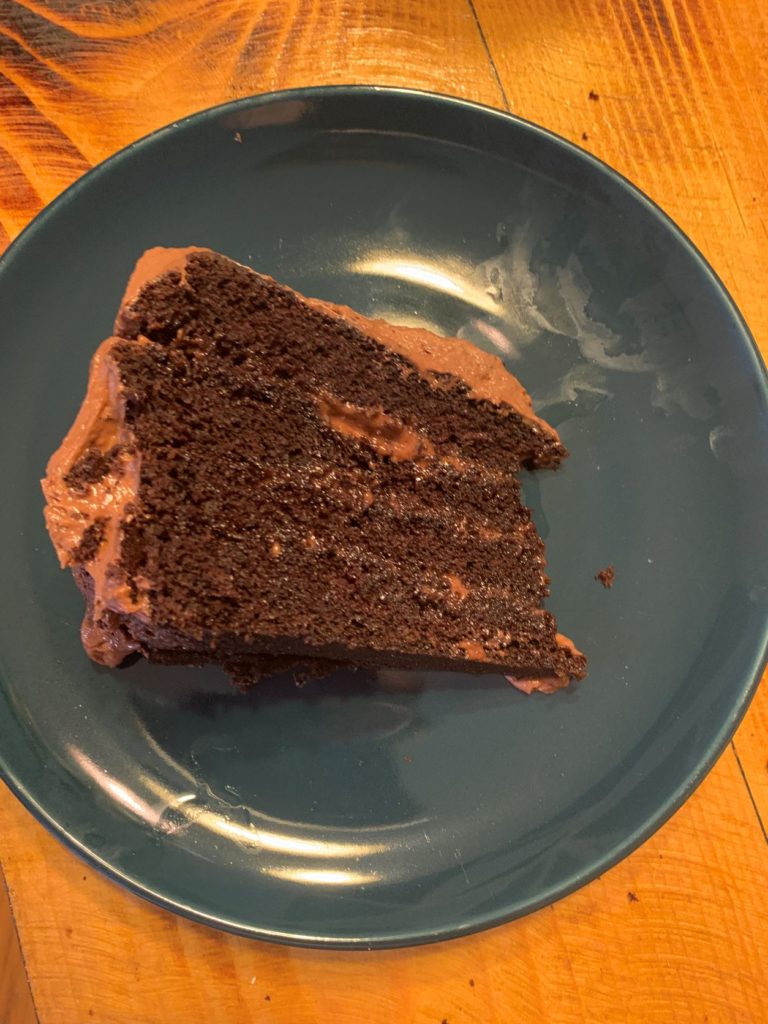
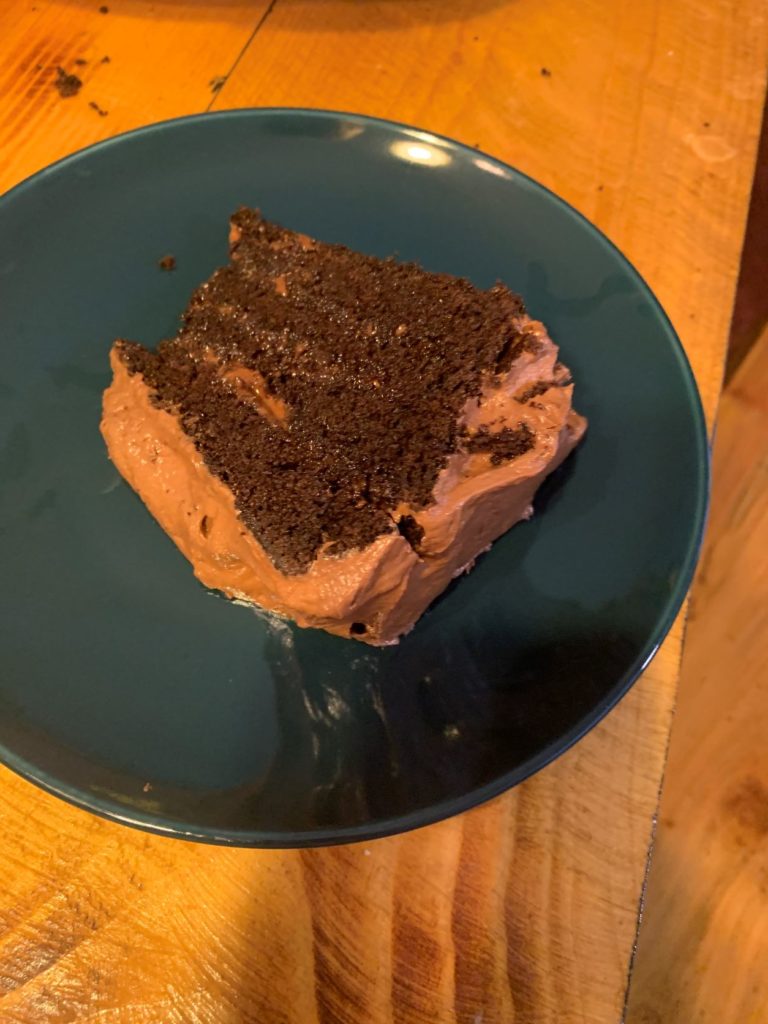
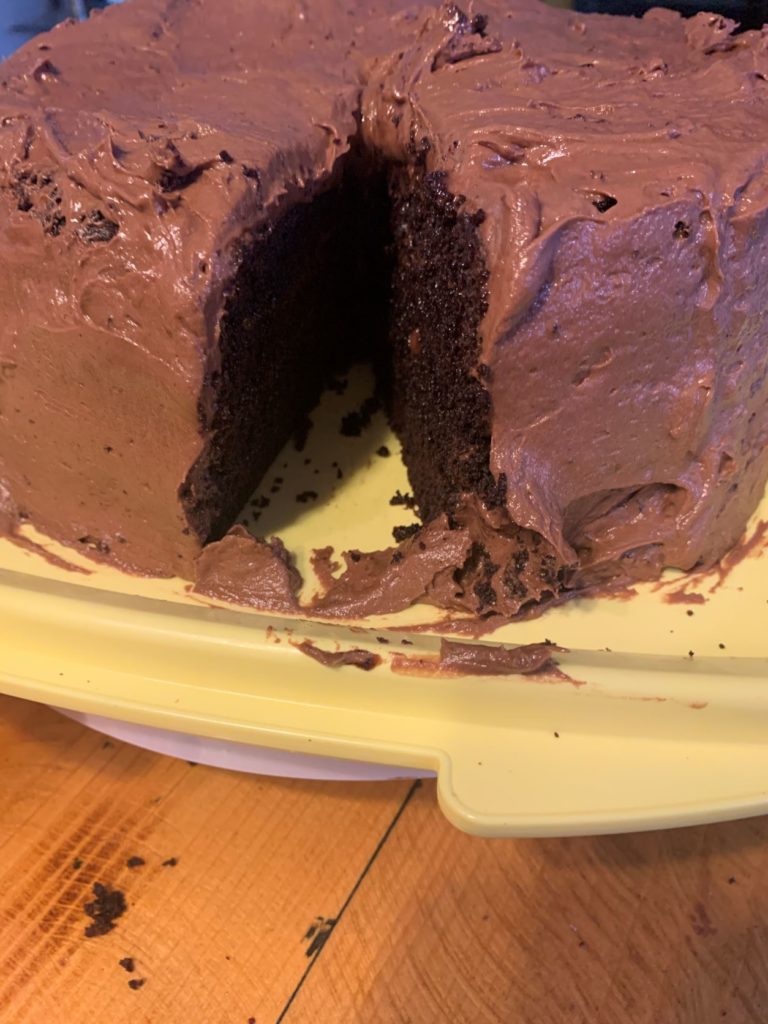
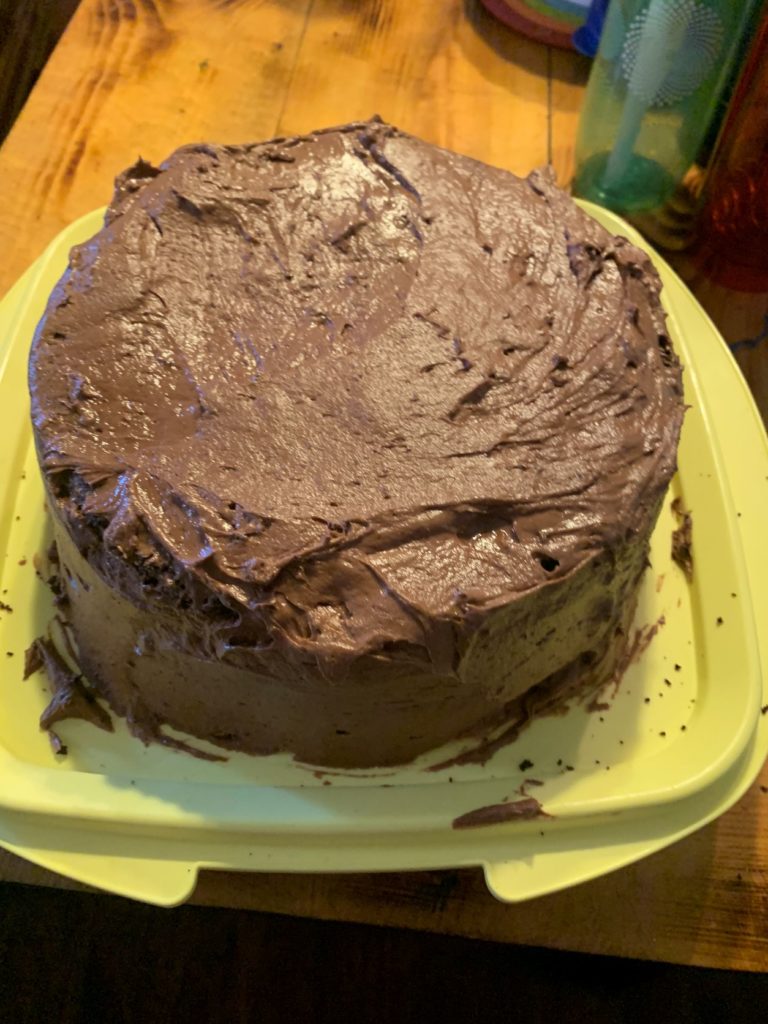
Do you want to hear something quasi-heretical for a Southerner to say?
I don’t really care for pound cake.
Of all the cakes that are out there that could possibly be made and enjoyed, the humble pound cake is just not one of my go-tos. And that’s a shame because there’s a lot to love in this base cake. It can be made with things that any baker already has in their cabinet. It can be classed up with a glaze or a filling. It can be made lighter or creamier with the addition of sour cream or cream cheese. But for whatever reason, it just has never spoken to me. Which is why the response to this cake was so baffling.
So when I was endeavoring to make this poundcake, I was in the middle of an unexpectedly busy couple of weeks at work. A lot of projects, team members with things going on, finishing up an article…there was just lots in the work. So I wanted to make something that I knew I could do relatively simply. And I wanted to go for a sure thing. So I turned to Ina.
Ina Garten, better known as the Barefoot Contessa, is a cookbook author and television food personality. She’s published 12 cookbooks and 275 episodes of her television show. Oh, and before all of that, she got her pilot’s license. And worked in the OMB under the Carter administration as a budget analyst for nuclear policy. She flipped homes in her spare time until she bought the Barefoot Contessa specialty food store. And she is my go-to cookbook author.
I catered by wedding out of The Barefoot Contessa Parties. I own six of the cookbooks, and virtually everything I’ve made has turned out well. Her food is meticulously tested. And even though she’s devoted a good chunk of her life to cooking, she is not a classically trained chef. She’s the ideal version of what a home cook could be, were we ridiculously driven, financially independent, and surrounded by helpers and people who want to be entertained. Ina is known for her catchphrase “Homemade is better, but store bought is fine.” I love this article’s take on it. Because of course store bought is fine; Ina would never judge us. She’s thrilled we’re cooking along. But for her? Oh, she would never. Ina has day old bread to pulse down into bread crumbs to bread the chicken for tonight which she bought from a local butcher. But Ina understands that I’ve got a commute and a paper due on populist governments responses to COVID-19, so for me, store bought is fine.

I could talk Ina forever. But back to the cake. I wanted a recipe I knew wouldn’t fail. So I went for the perfect poundcake. Now, this recipe made me do something I don’t like doing: buying stuff that I’m don’t have lots of multi-uses for as ingredients. But with such a simple recipe, I figured that the details mattered, so I jumped in. Turbinado sugar. Cake flour. Extra large eggs.
The recipe calls for the flour and salt to be sifted three times, for the eggs to be room temperature, and for the zest of two oranges to be thrown in for flavor. I did all of that. What I did not do was buy cooking spray that had flour in like she instructed. I figured I had normal cooking spray and that would do. Because I thought I knew better than Ina.

You see, into the spray on the outer edges of my bundt pan went an outer layer of turbinado sugar. As the cake baked, the sugar melted slightly into a crust, but that meant that it also adhered to the pan. So I had to whack the pan. Run a knife around the edge. Whack it again. And then I dropped the pan upside down on the counter to shake the cake loose. Some of it remained in the pan, but most of the cake came out. Were there more flour there, it may not have stuck as badly as mine did. It wasn’t unsalvageable, but it wasn’t Ina-perfect.
So how did the cake turn out? I liked it. It had a good sponge. Nice chewy texture. The orange zest gives it a lift. The crust is a nice touch. I thought it was a pretty good pound cake.
But when I served it to other people? They were rhapsodic over it. Numerous people stopping by my office to compliment the cake. Slack messages. Someone telling me that in fifty years that’s the best pound cake they had ever had. Curious inquiries as to what makes the crust so good (it’s sugar…the good part is always sugar). So, I guess the proof is in the bake.

Ina is not Southern. But then again, neither is the pound cake (probably originated in the 1700’s in Northern Europe). So this will probably be my go to recipe for quite some time.

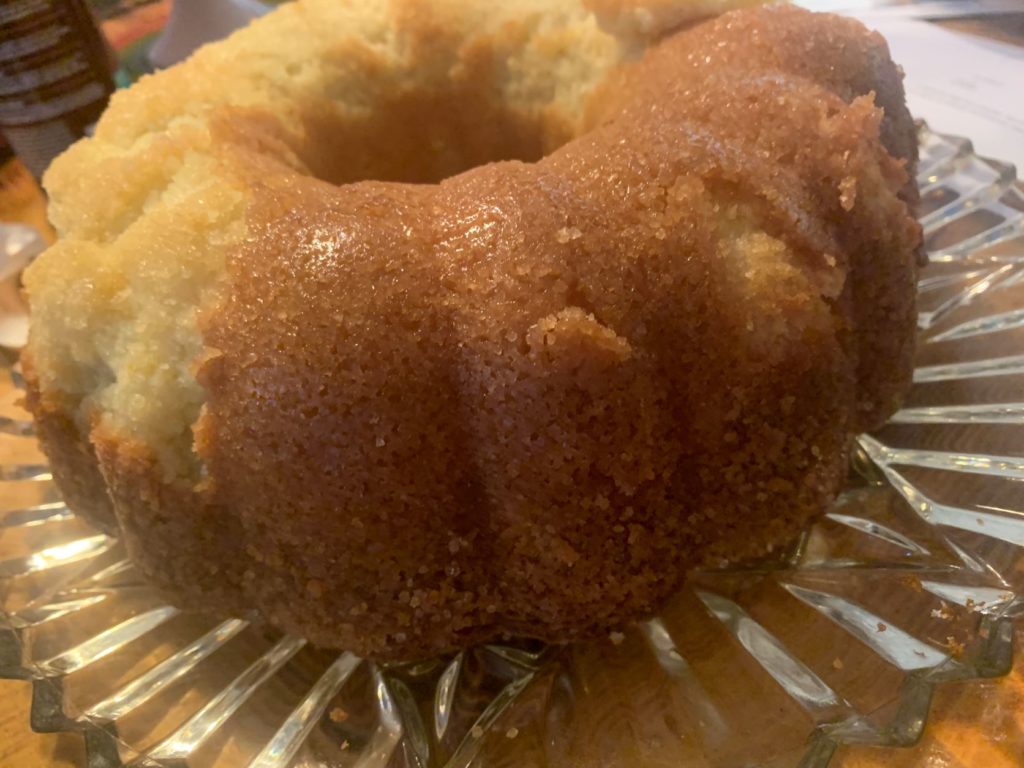
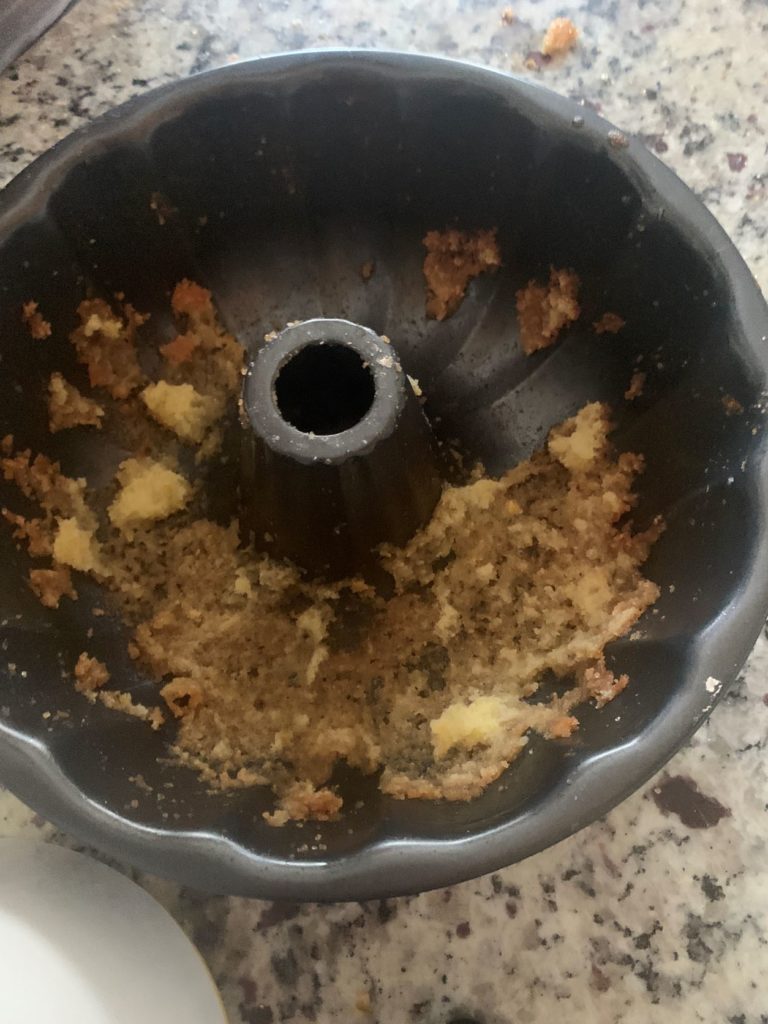
Now that it’s week 4, I wanted to go into something completely different. Something with a pedigree you can track, and if it has a nice historical story, all the better. Enter the Apple Stack Cake.
The Apple Stack Cake is an Appalachian desert with a long history. Mark F. Sohn traces the history of the cake to 1774 when colonist and farmer James Harrod brought the stack cake to Kentucky from Pennsylvania. That being said, flour did not become readily available in the region until the mid-19th century, so the cake didn’t spread widely until that time. Traditionally, the story is that it is used as a wedding cake where every attendee would brig a layer of the cake. Thus, the taller the cake, the more beloved those getting married (or at least, the bigger their power to draw a crowd to their event).
Plus, this isn’t a traditional cake. It’s tall. It has a filling. It has no icing. So I took this recipe from the Simply Appalachian website that they in turn took from United Cakes of America: Recipes Celebrating Every State by Warren Brown.
So, here’s the thing about making this cake. It uses my least favorite cake making ingredient: molasses. And it’s not that I don’t like the taste of molasses; I think it’s fine. Rather, the problem with molasses is it makes everything sticky. And sticky is my least favorite feeling. I’d rather be on fire than sticky.

Now that I’ve got this out of the way, the other thing is that this cake wants to be everything but a cake. Yes, it turns into a cake, but along the way, it is a cookie, a pastry, and a pie.

Putting molasses in this cake drips and glops everywhere. It gets on the cutting board, on the cabinets, on the outside of the mixer. Little drips and drabs that spread and become sticky like a caramel glue. But its not all molasses. This dough comes together in a really thickly.
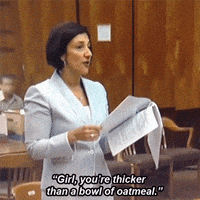
The batter ends up being less cakey and becomes more like cookie dough. Once all the buttermilk, flour, eggs, molasses, butter, sugar, and spices come together, it’s wrapped up and put in the fridge. Then when the cookie comes out of the fridge, it needs to be divided into layers (I did 7), and then rolled into 9-inch rounds. This is when the tyranny of molasses struck again. The cake didn’t want to stay on the parchment; it wanted to roll around my wooden rolling pin. I struggled through it at first by trying to spray oil on everything: the rolling pin, my hands, the cake. This worked okay, but trying to cut off the excess was turning into somewhat of a soupy mess.
Then it hit me: if this cake thought it was a cookie at first, maybe it thinks it’s a pastry now. So I slung it back in the fridge, and it became much easier to work with. So it became freezer, spray the pin, spray my hands, pat it flat, roll the dough out, trim the excess, put the excess in the middle of the round, clean the pin, clean my hands, dry everything off, start again. You need a place to store the rounds while working on the next one. Then they cook for a very brief ten minutes as they brown quickly into thin cakes.
After that, there is making the filling. I read through my ingredients to make sure I had everything, but using a down home recipe means that sometimes ingredients come in volume and some of them come in weight. As I’m a weight based baker, I just gritted my teeth and thought of England to get through it. But it wasn’t until I got to making the filling that I realized that it called for 8-12 cups of dried apples. That’s a range of 50%. I didn’t want to be short on apples, so I went the full 12. Toss in more spices, molasses, and two pounds of sugar, and then grind it down into a paste.

It also made a ton, so I have loads of extra apple filling (applesauce?) left.


It took a while to get it down, but then it’s a pretty simple. Each stack gets put on the plate and then about 1.5 cup goes on each stack. Repeat, topping with the last layer. Top with powdered sugar. Then wham the whole thing in the fridge for the filling to set.
How was it? Okay, so this cake thought it was a cookie…then it became the dough diva like a pastry. So in taste, it became a pie. It was gooey and tasted like fall, and was really soft. The paste made the interior layers soft with only the outer parts and the top maintaining a true “cake” consistency. It seemed like it would go great with a scoop of vanilla ice cream. I was a big fan. And now that I know that this chameleon cake is a little bit of a diva, I would definitely make it again.




